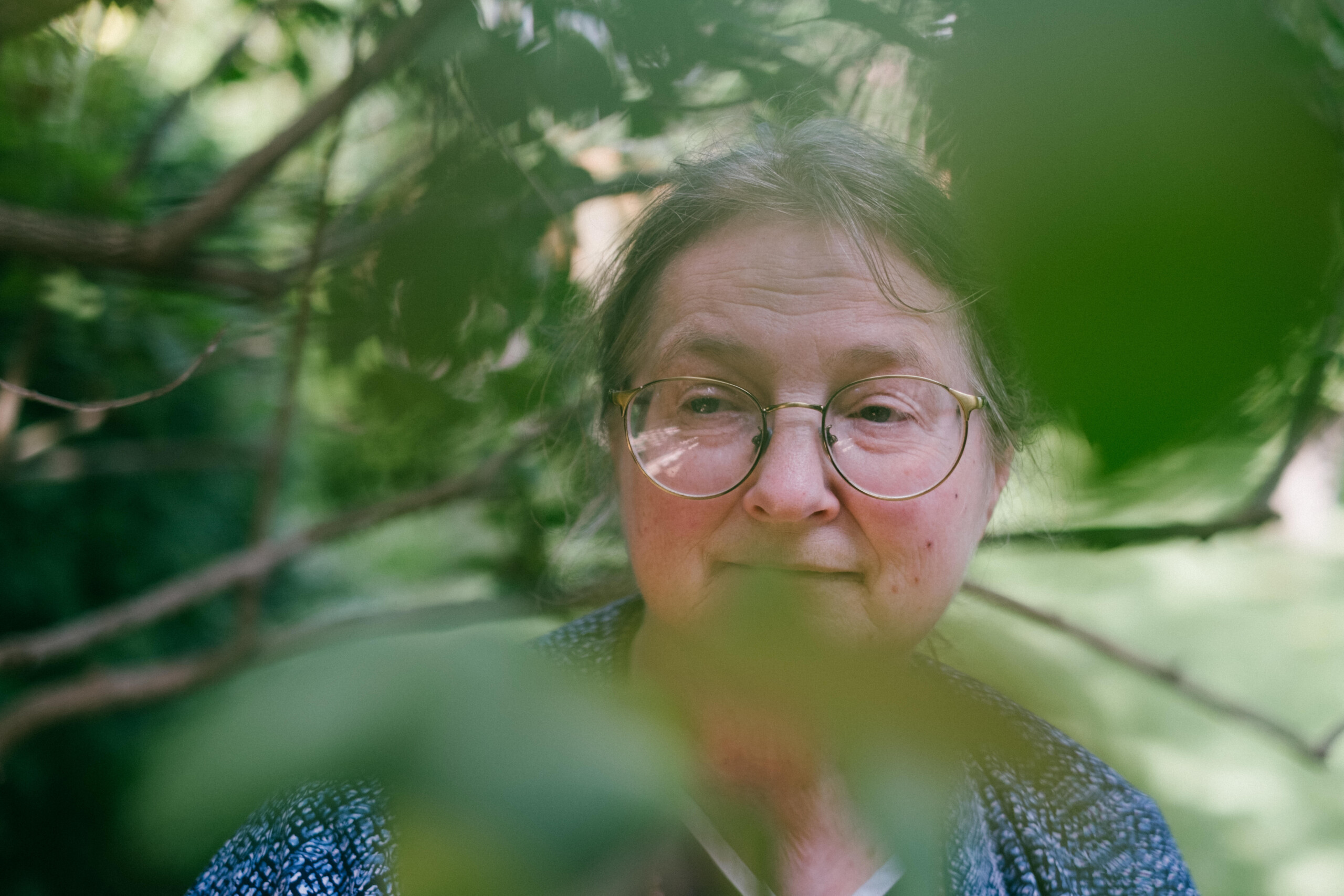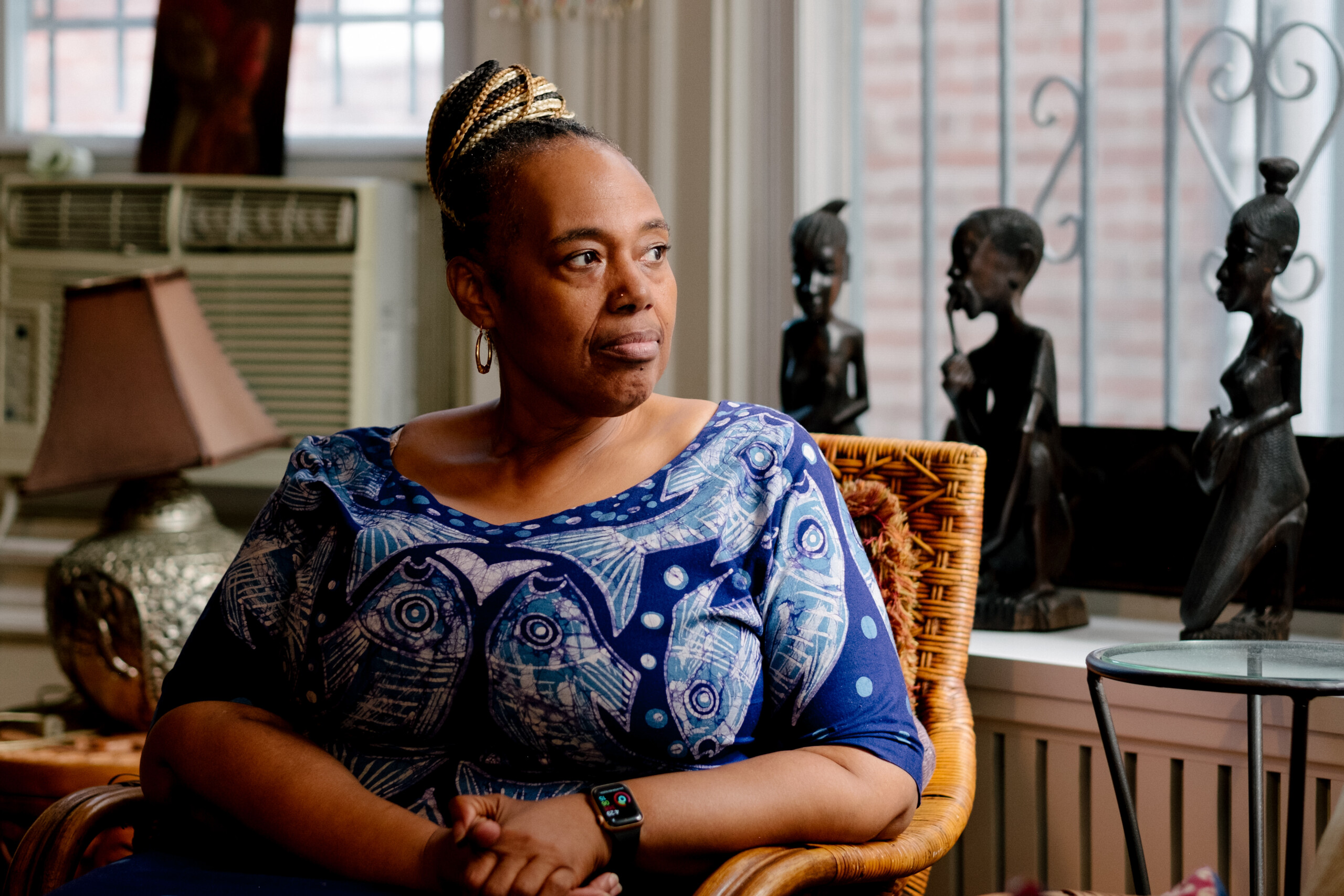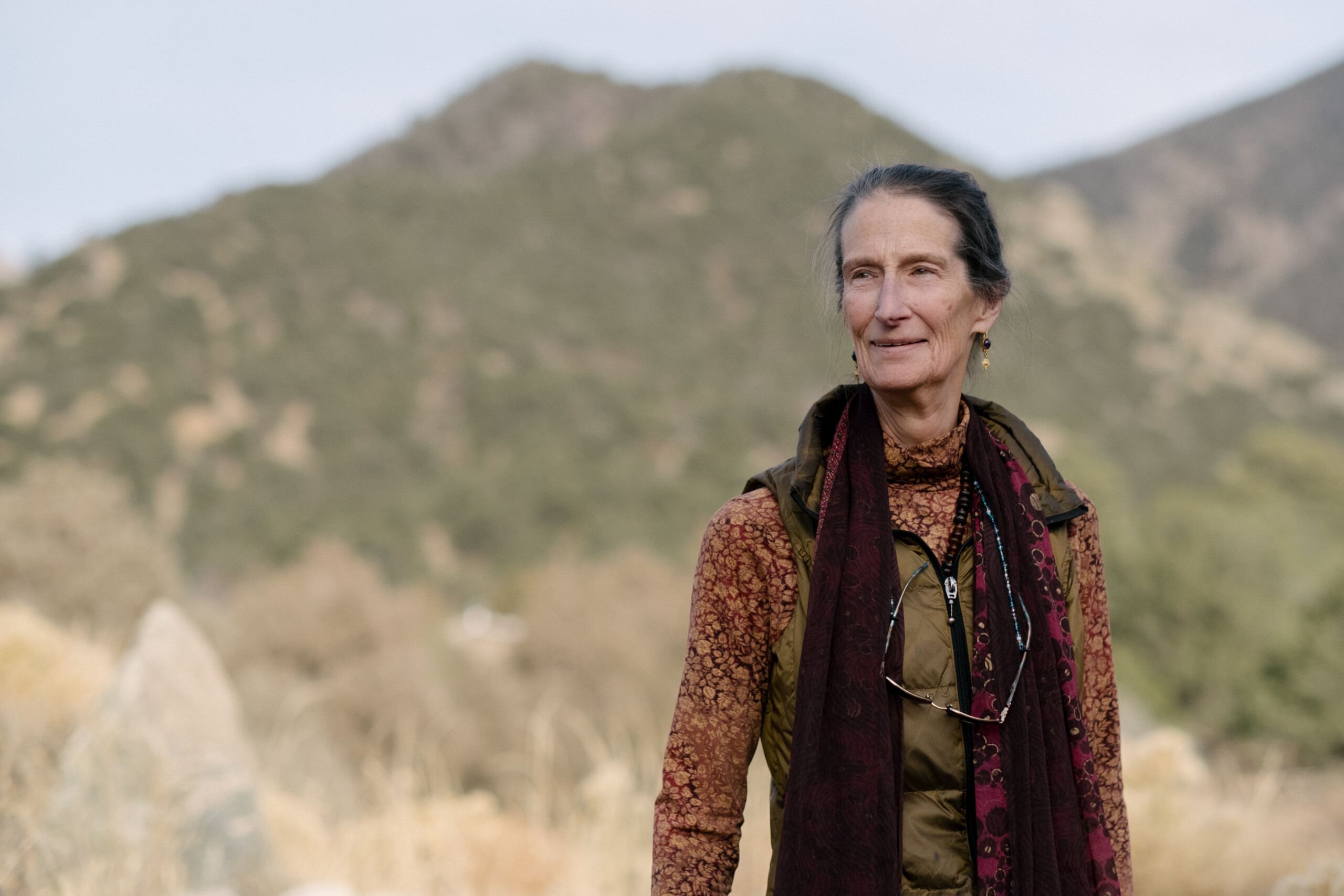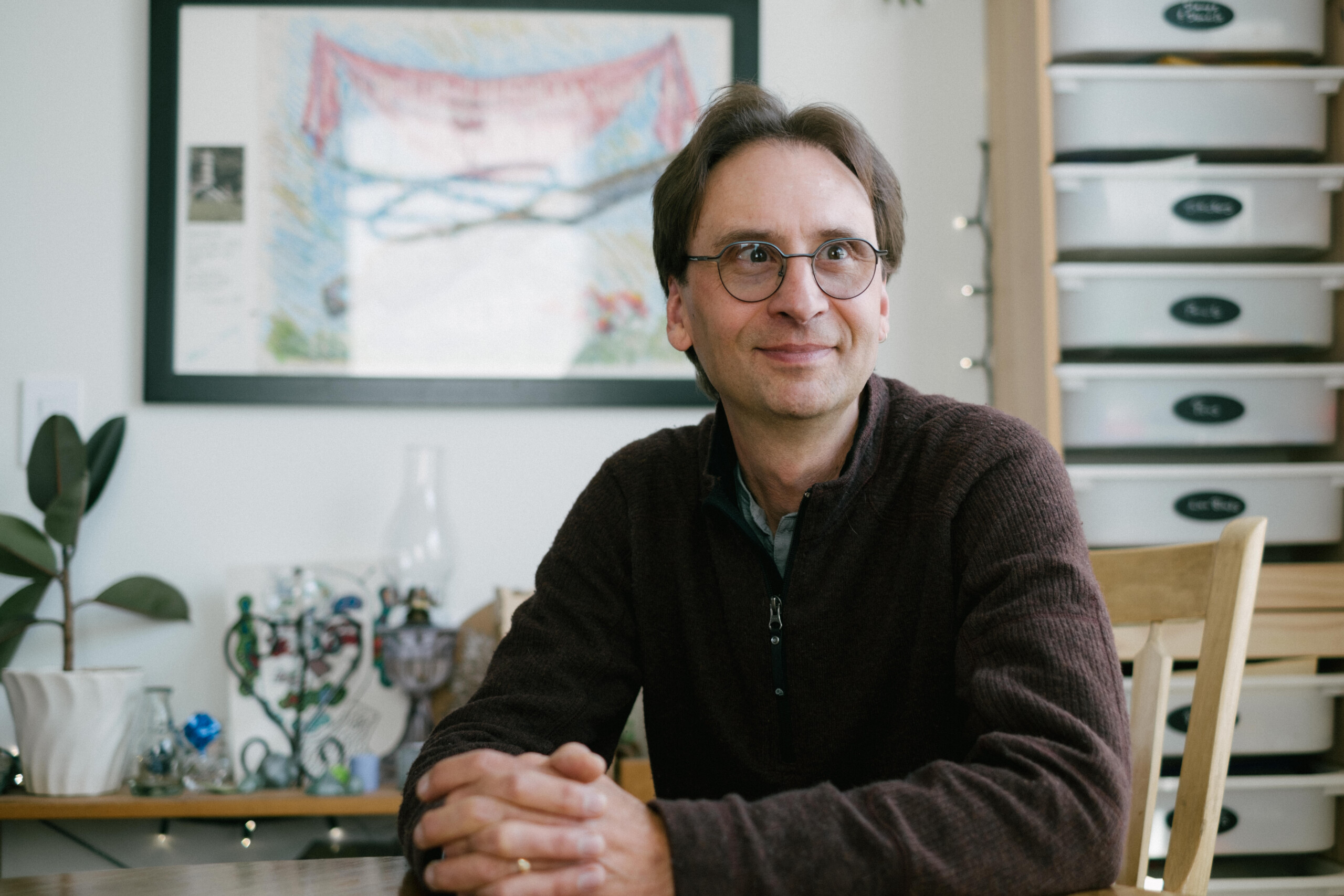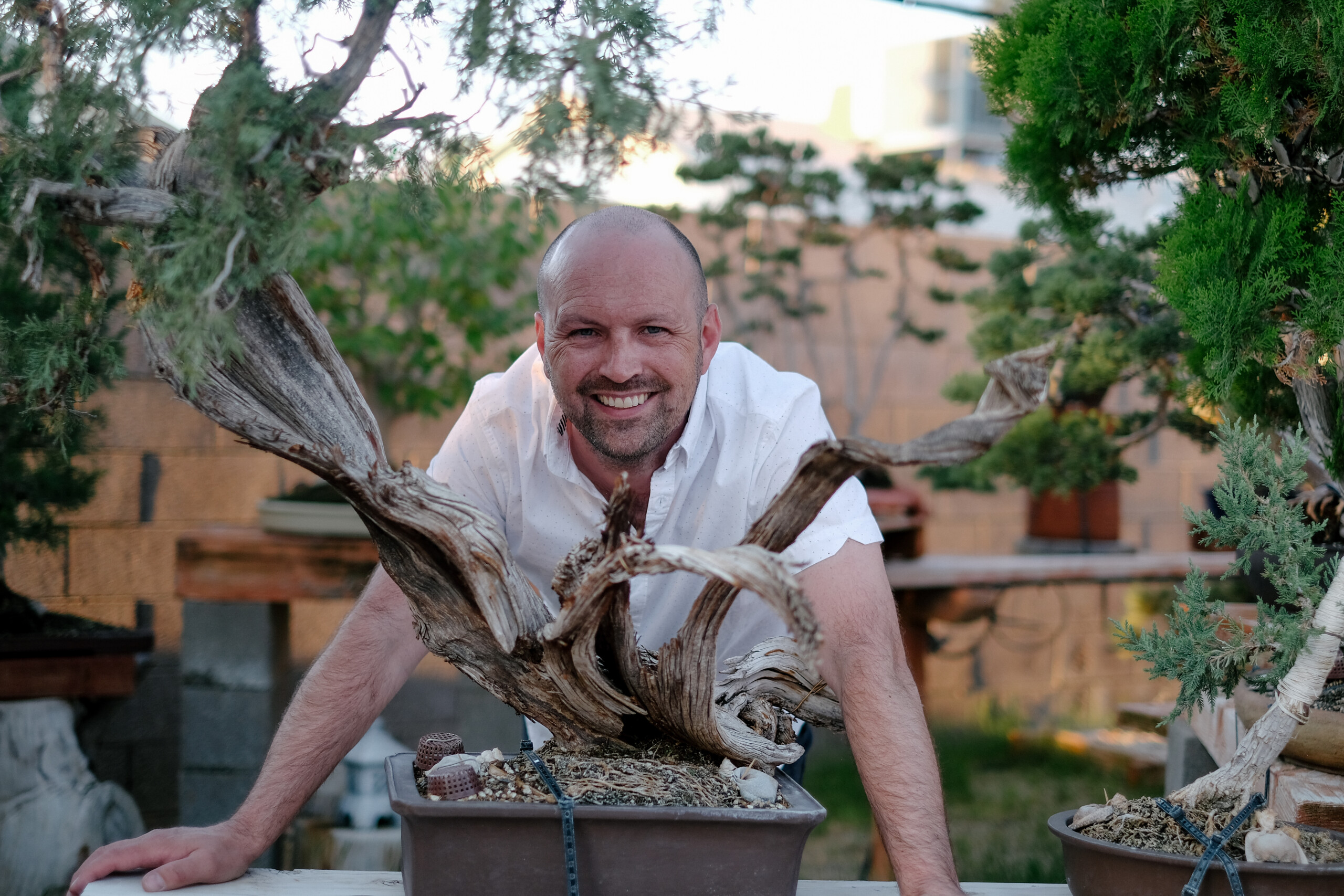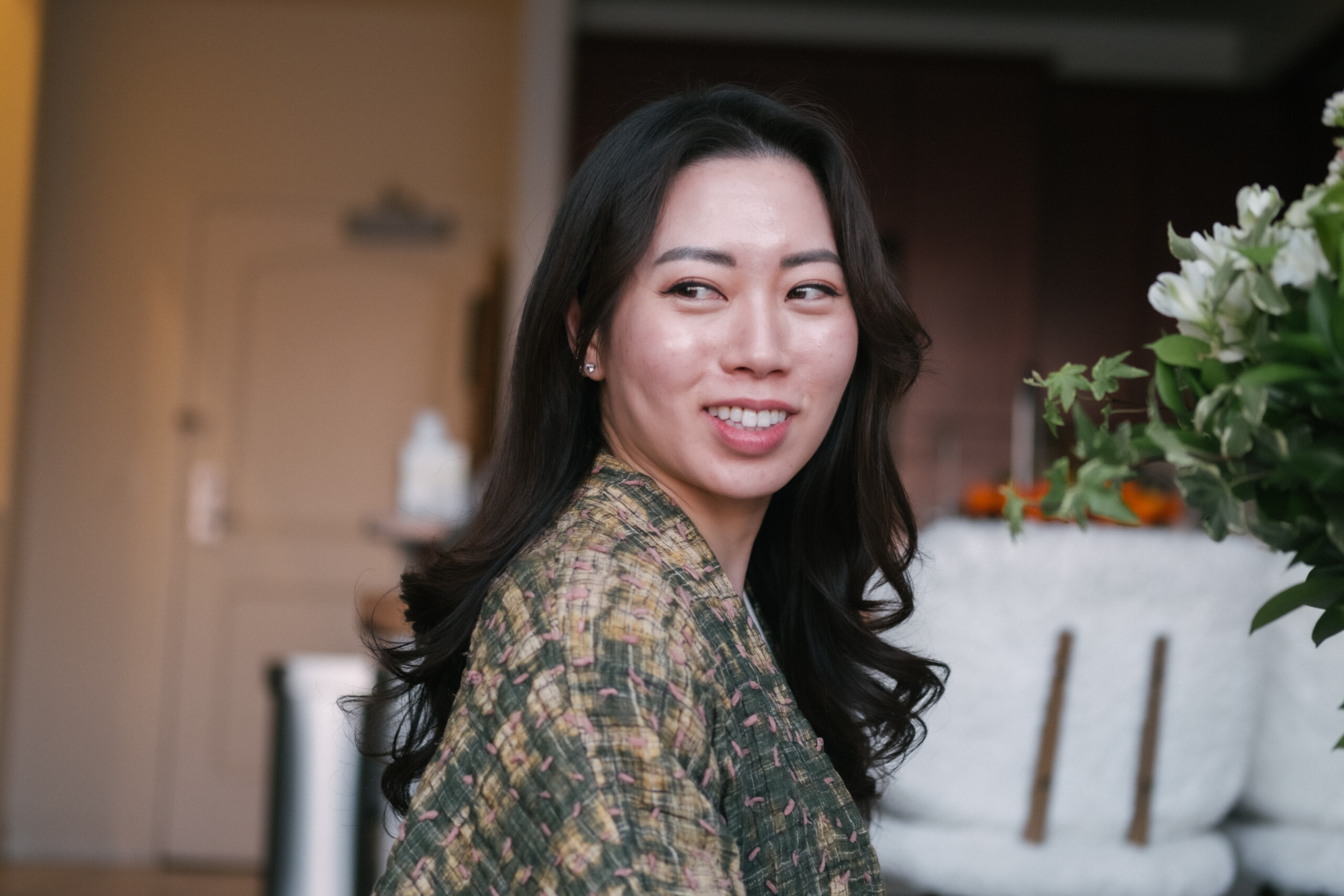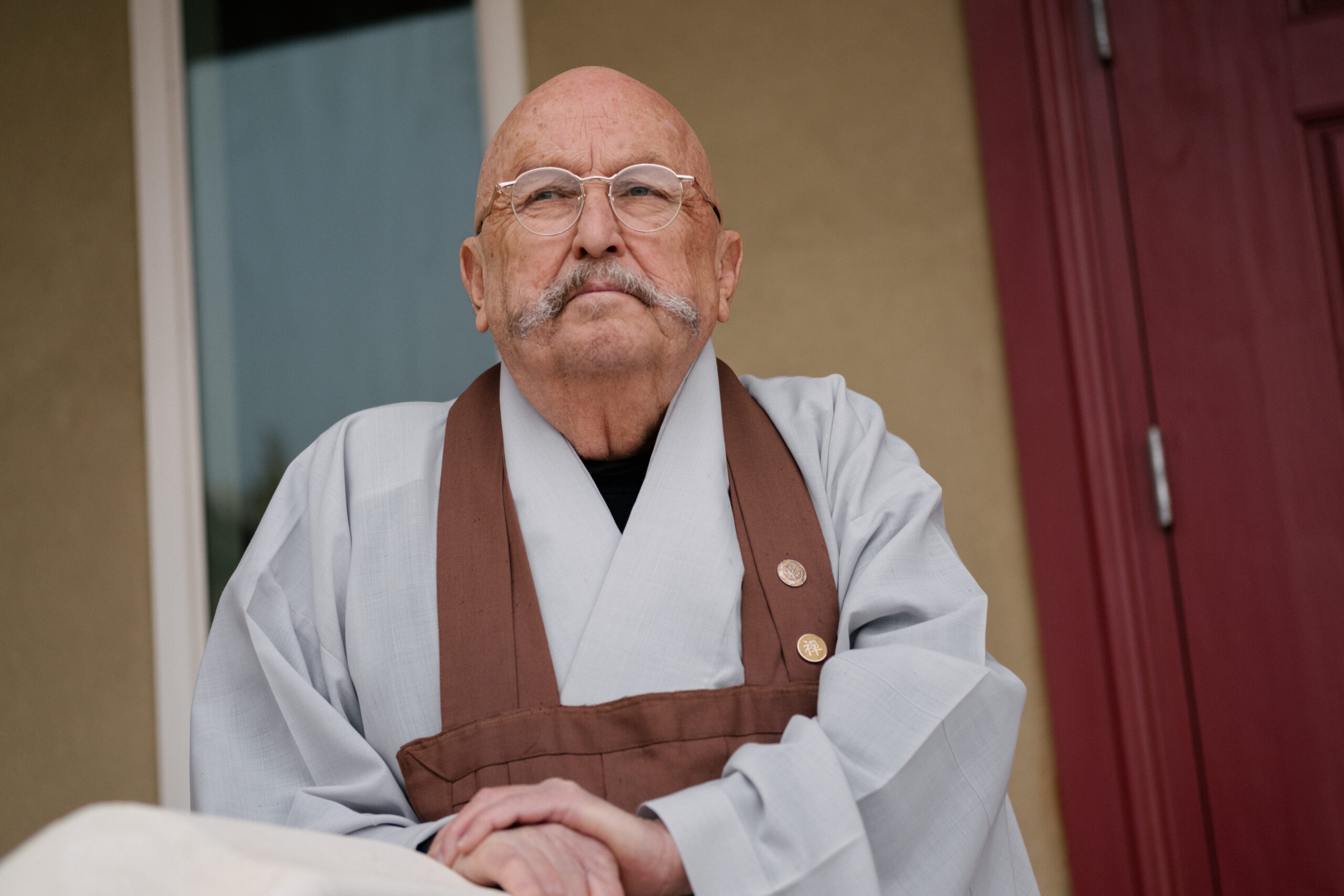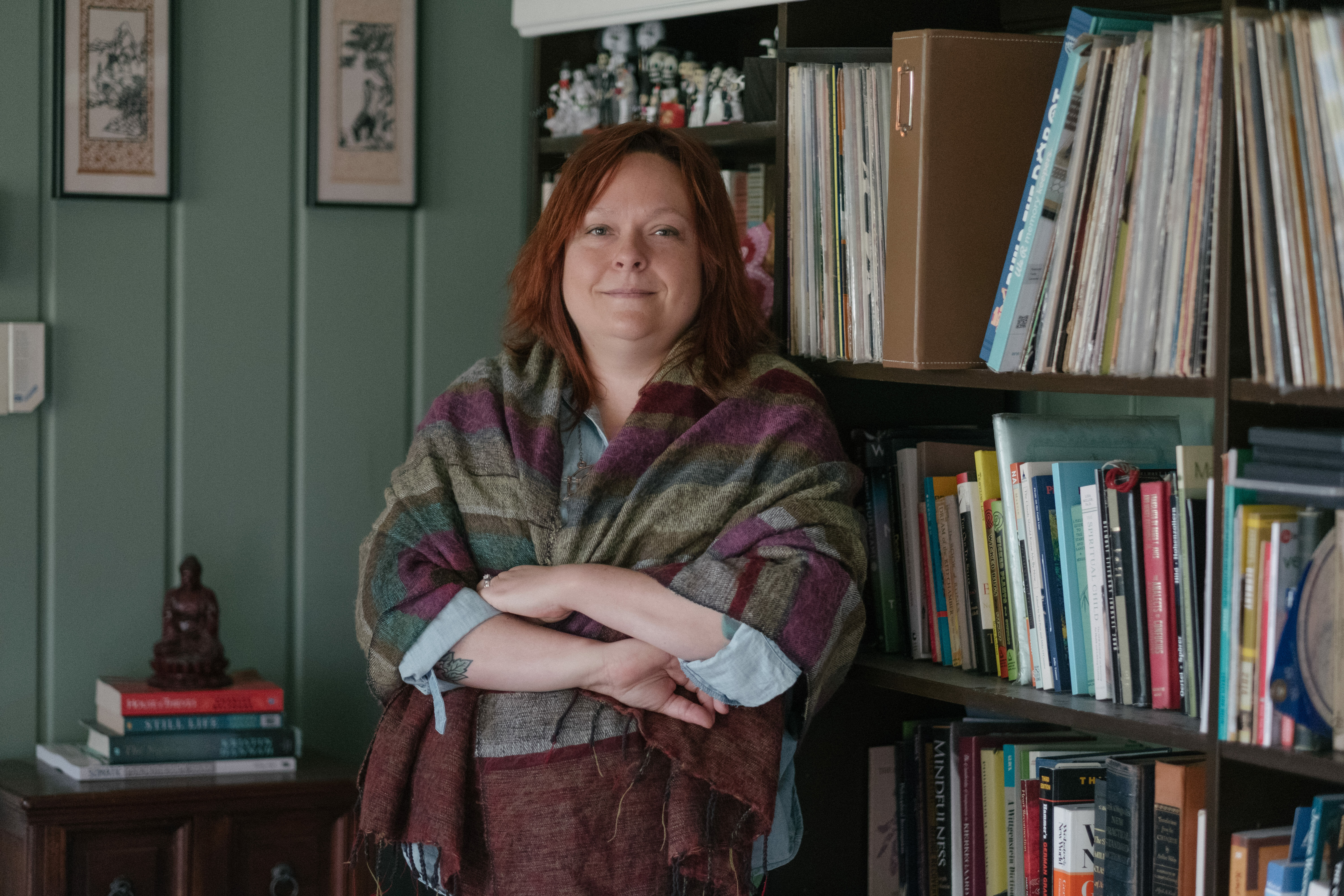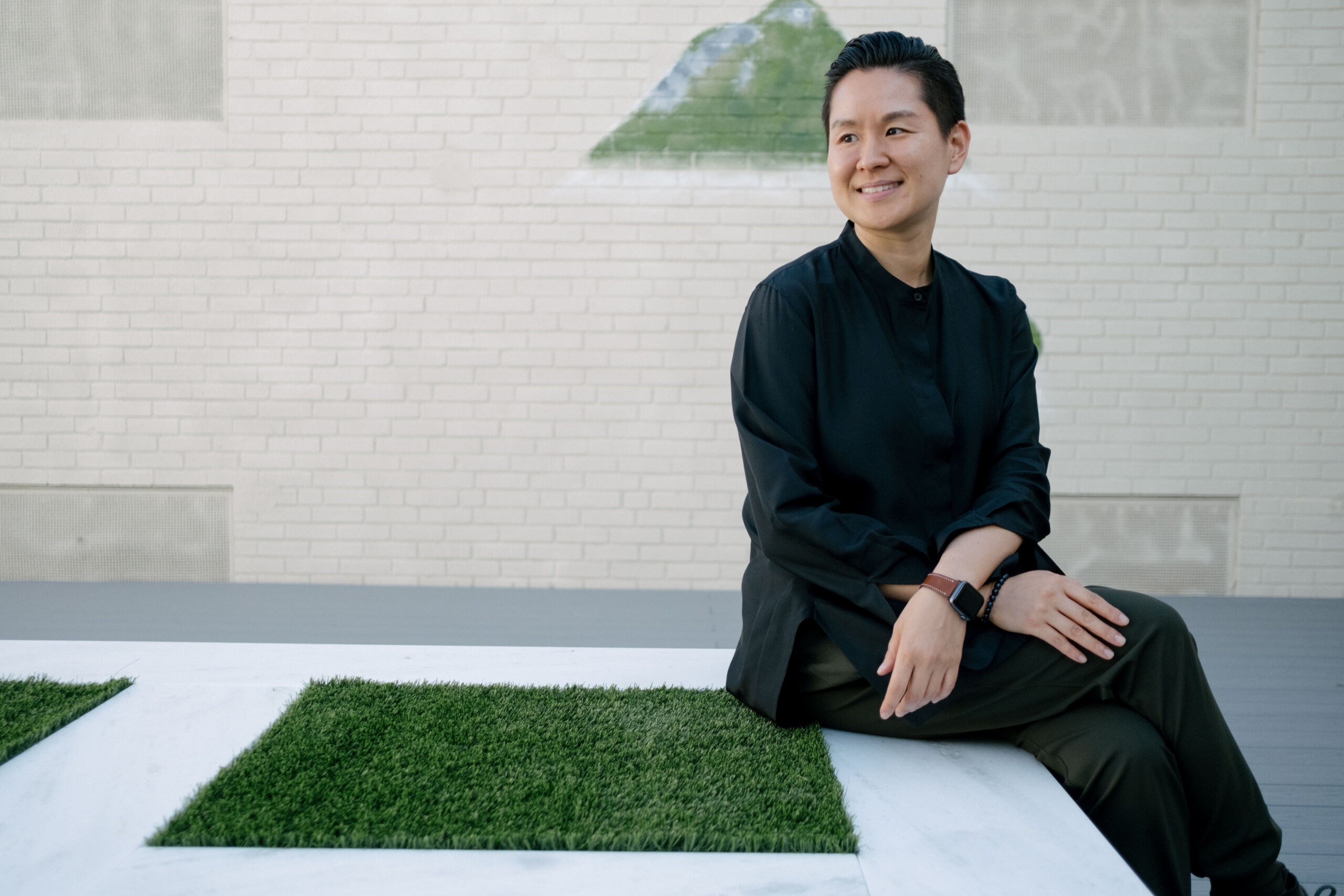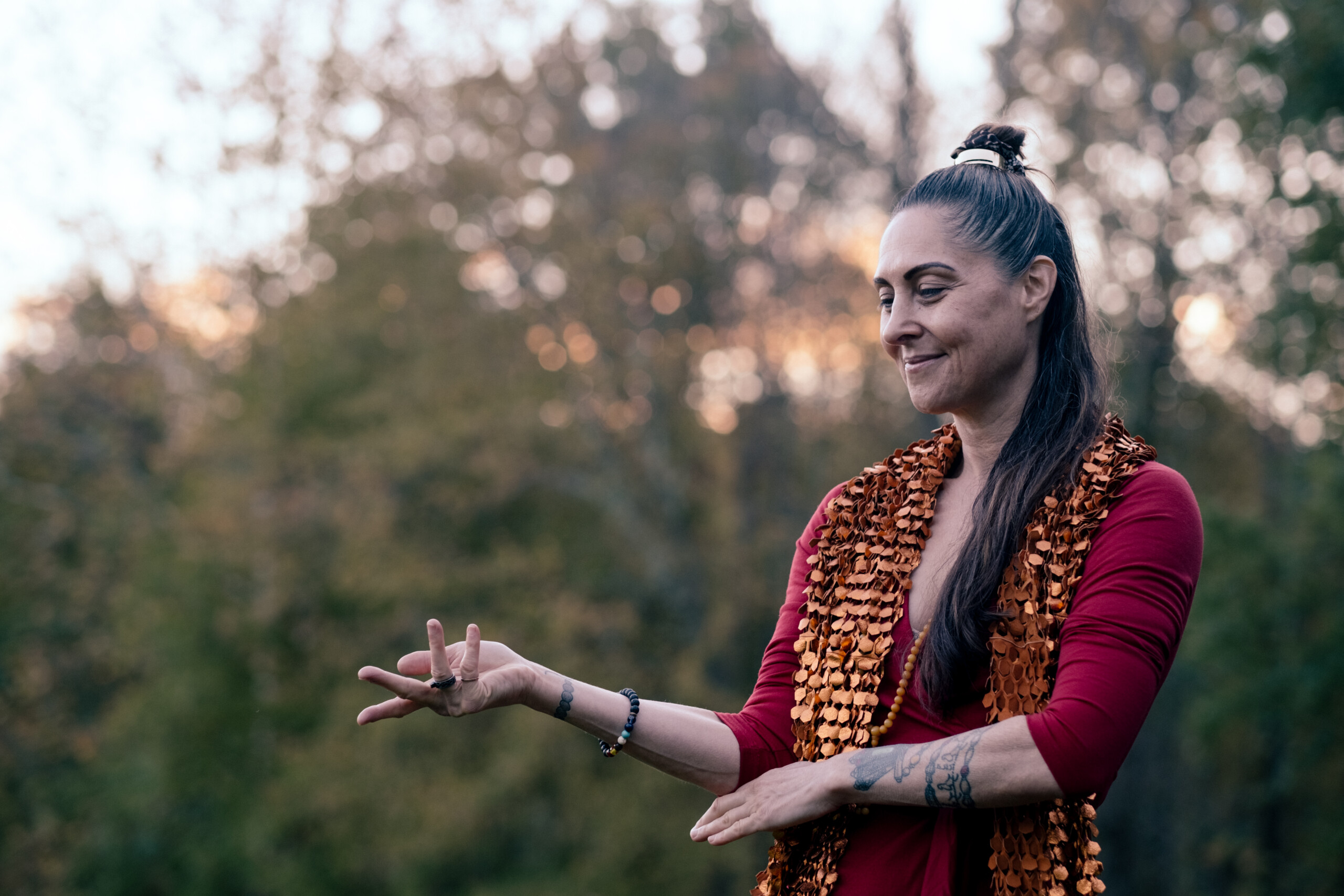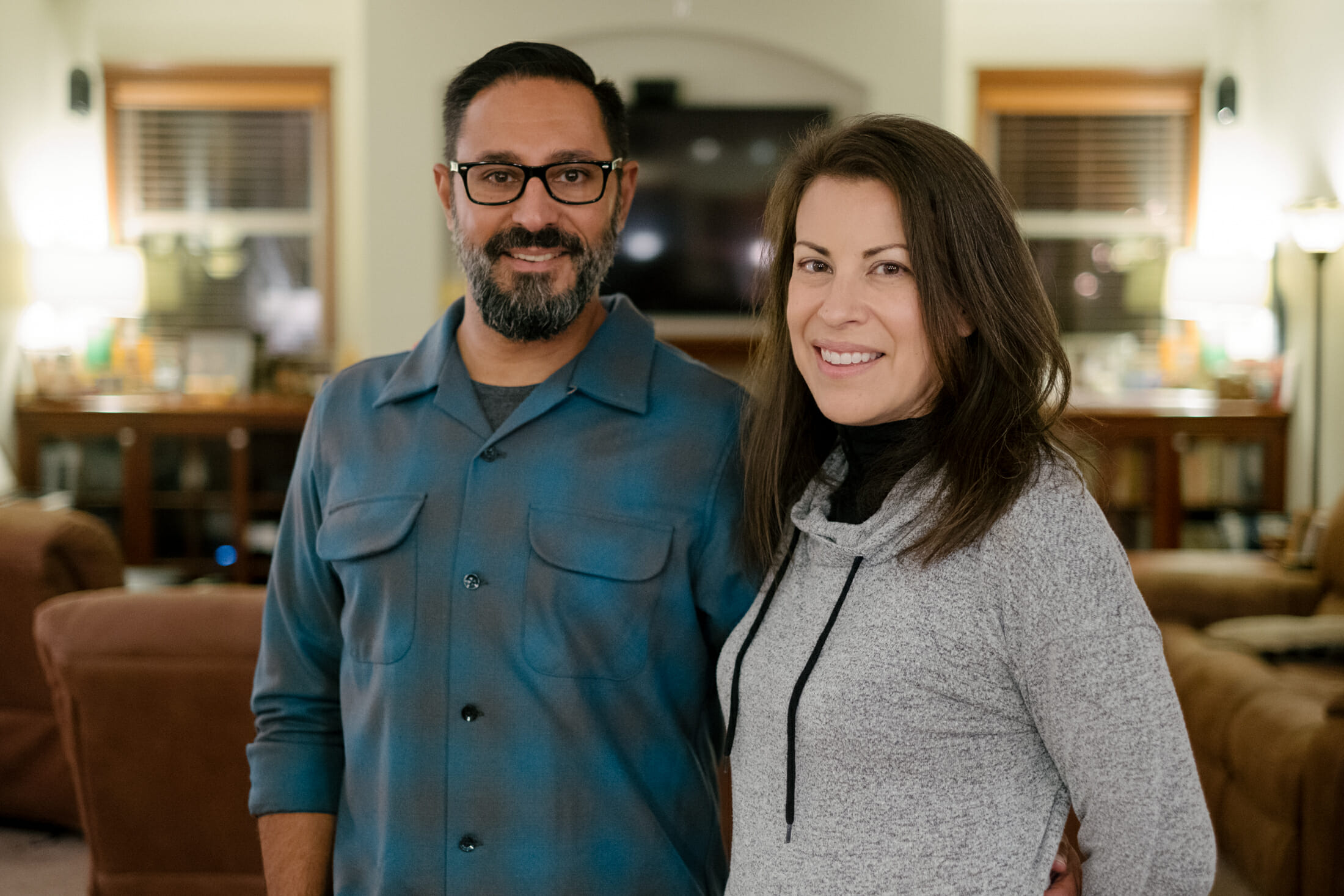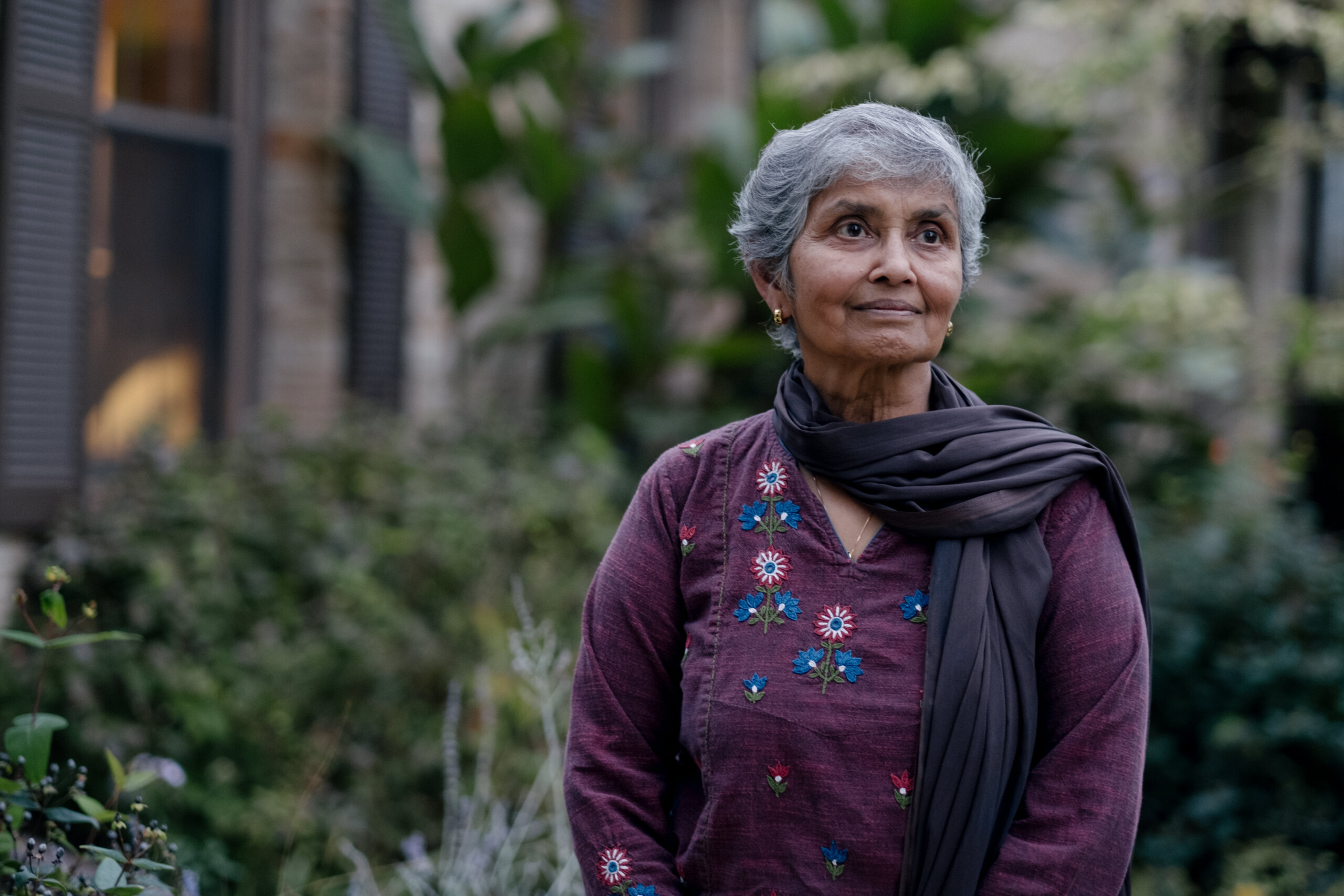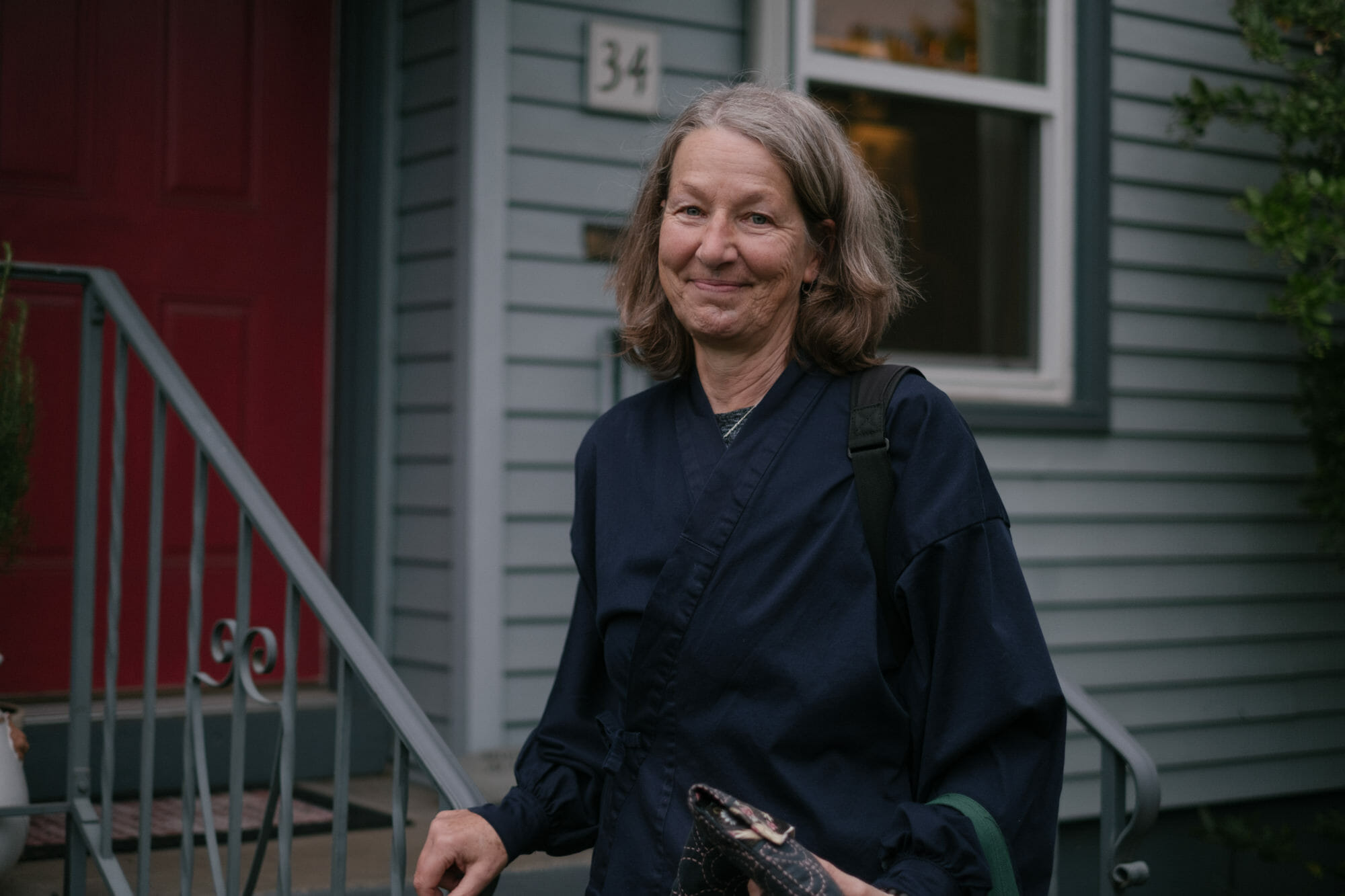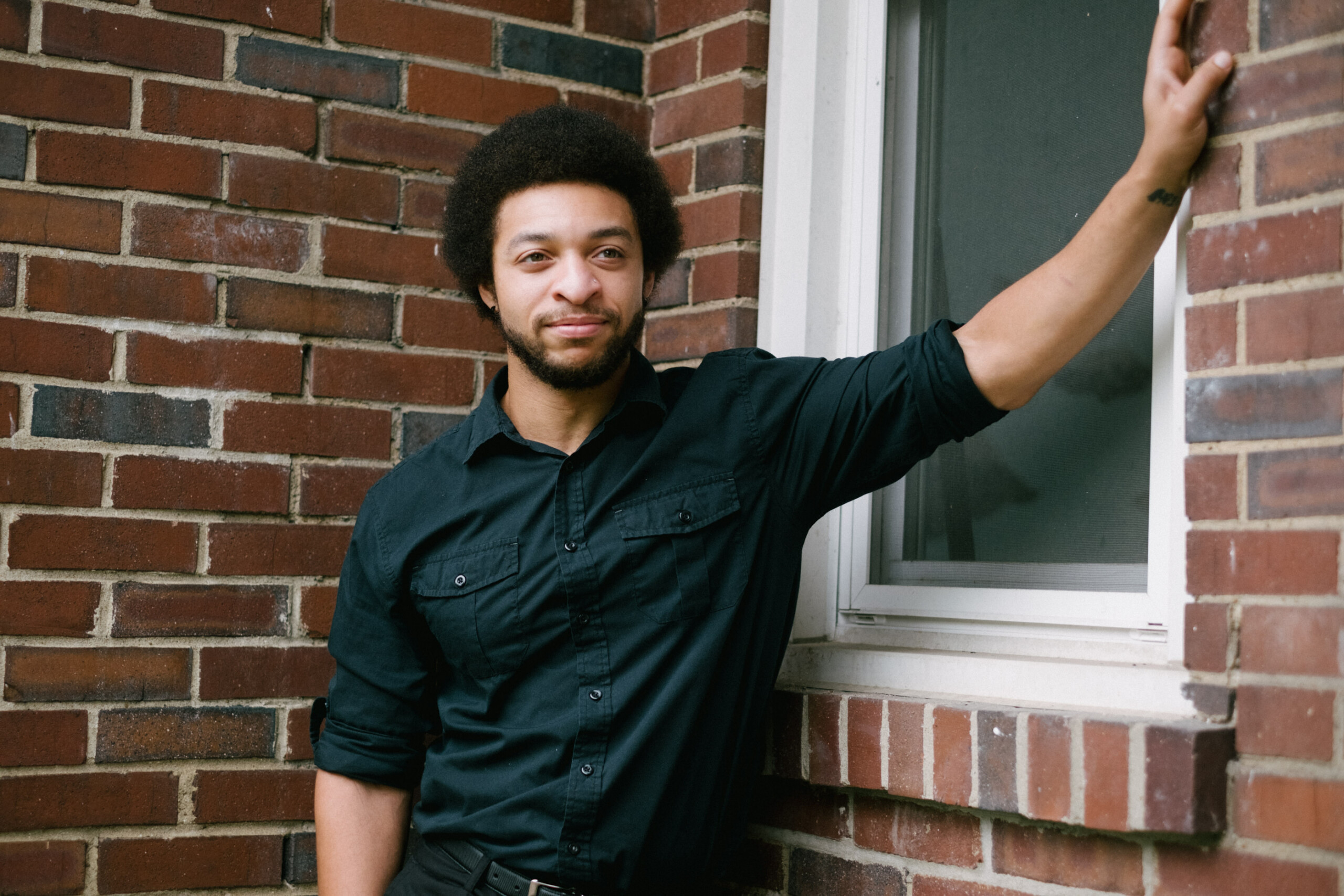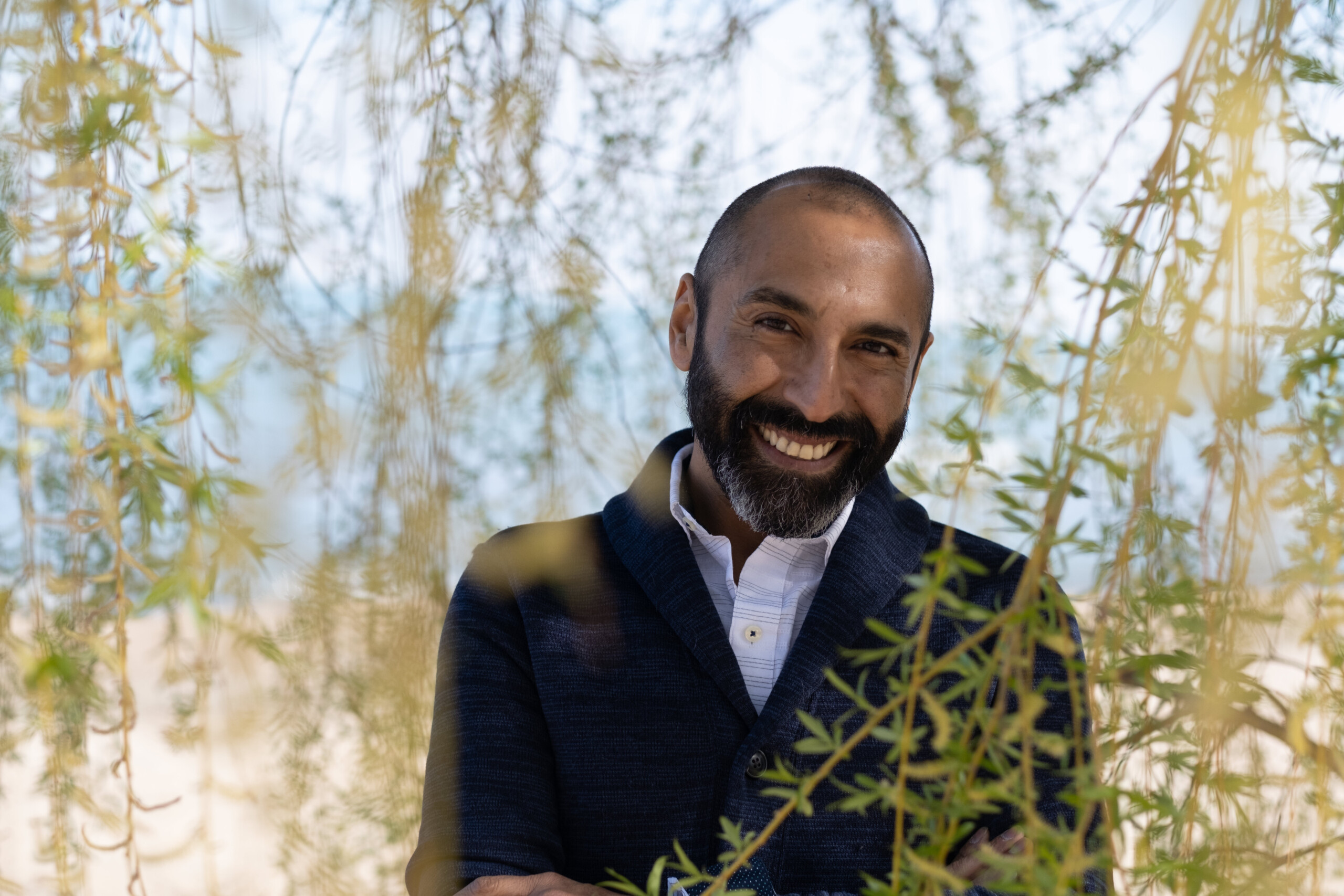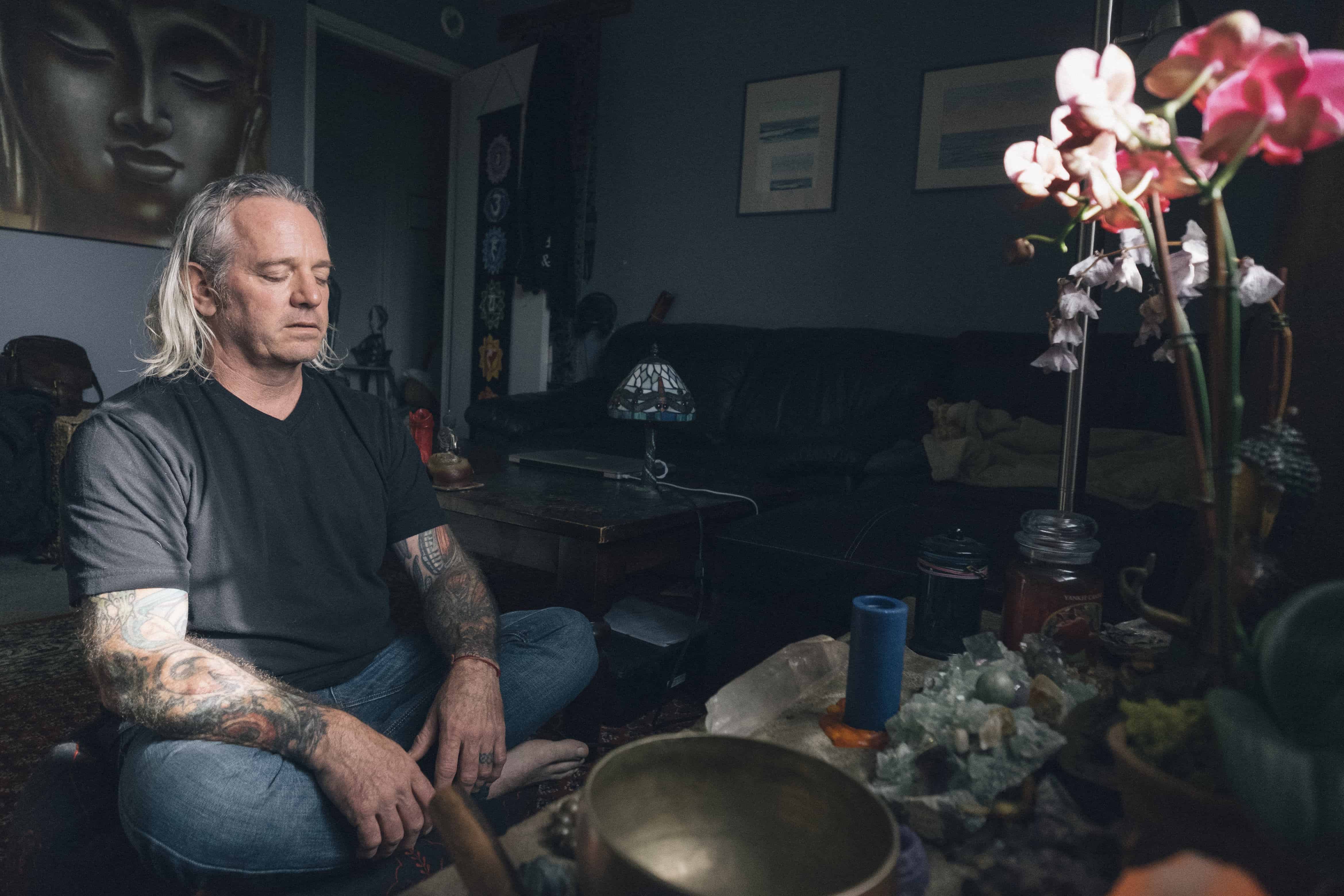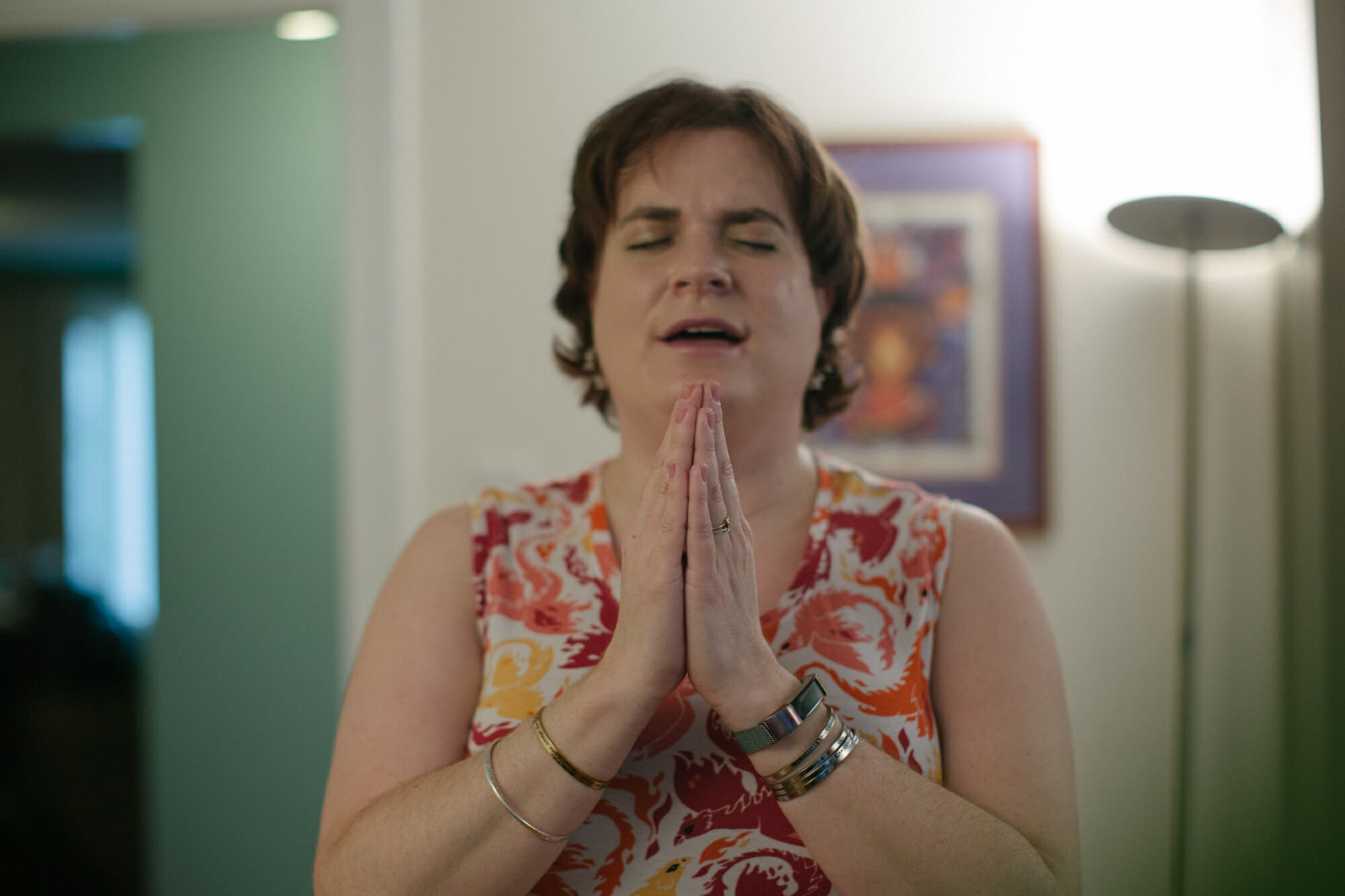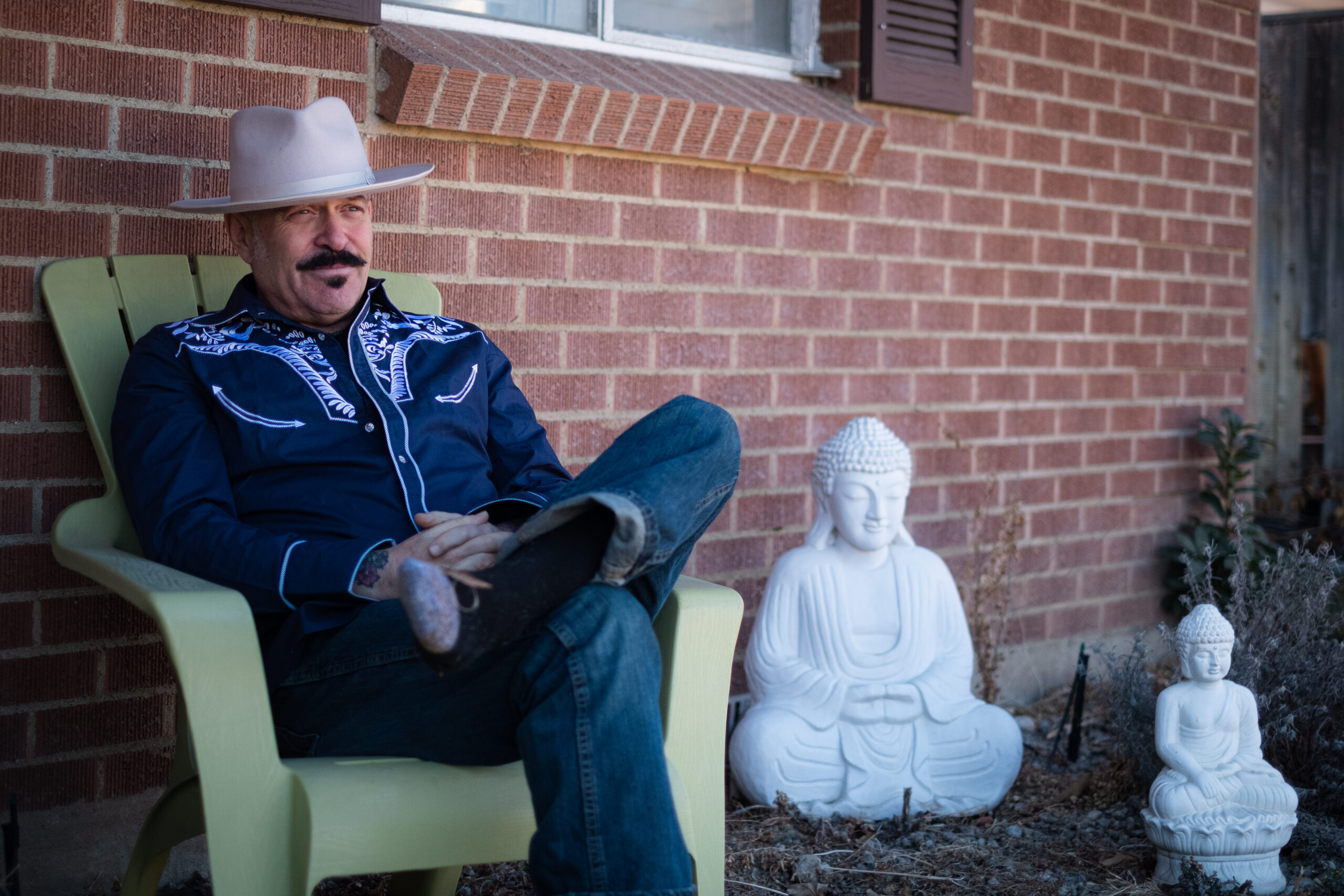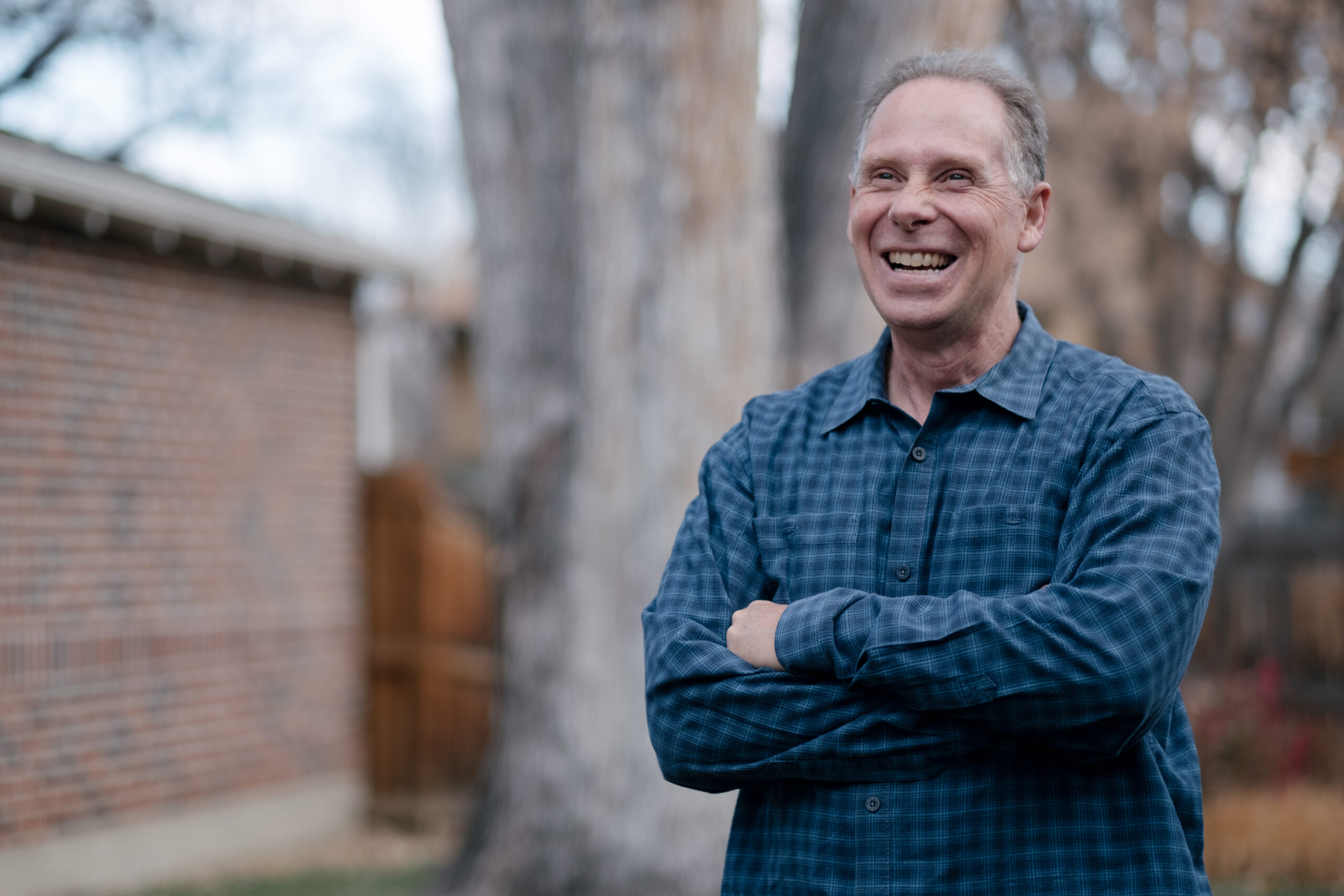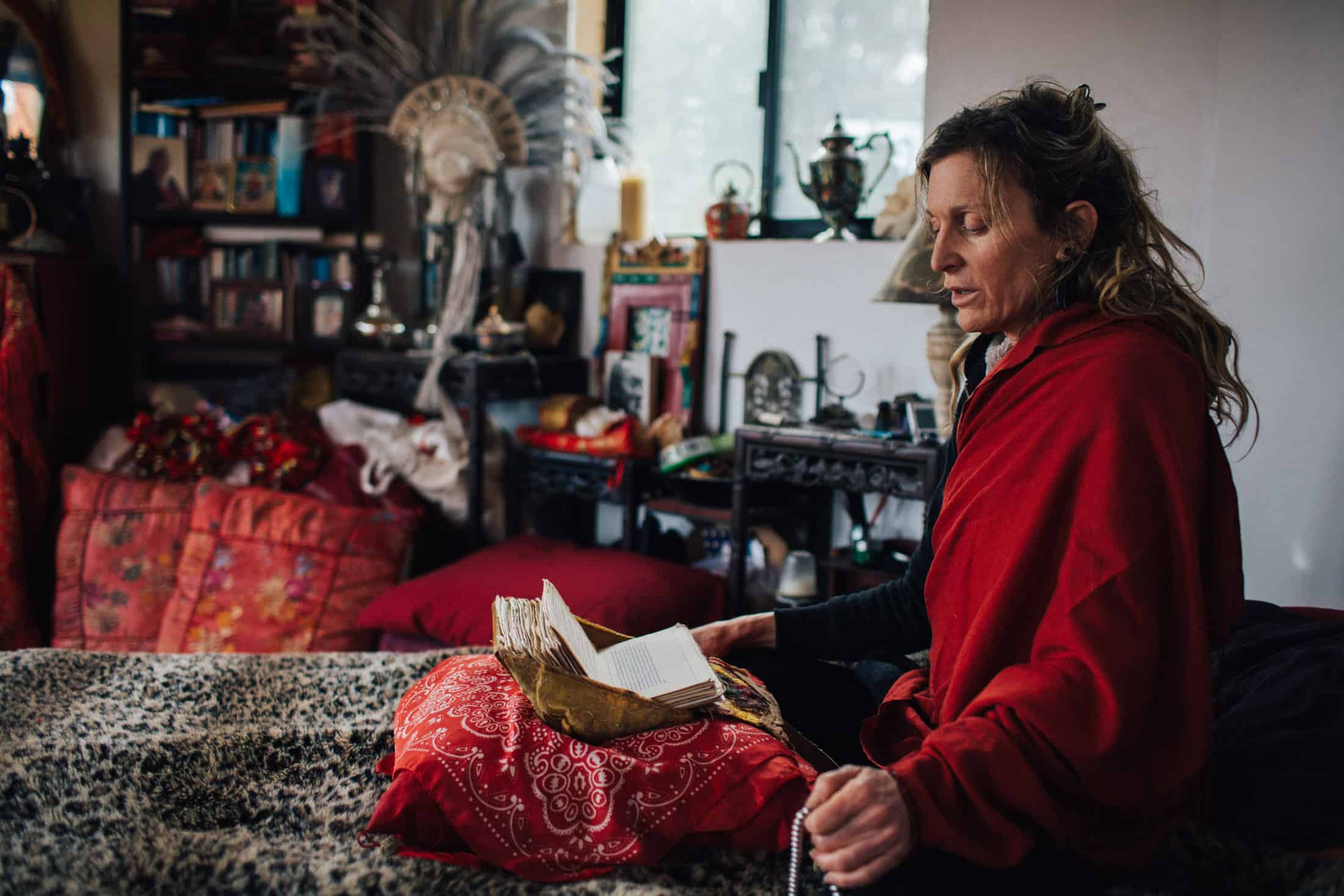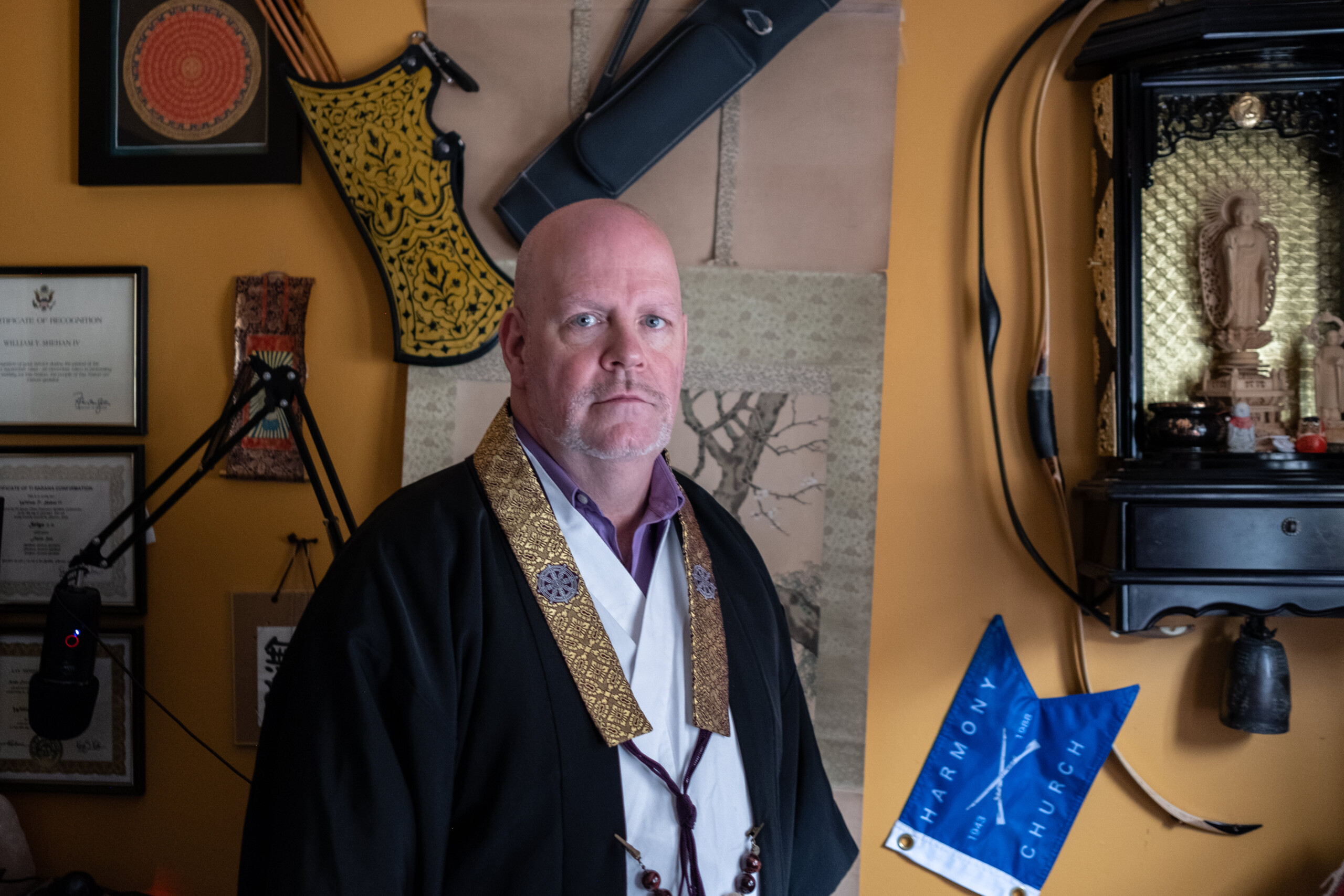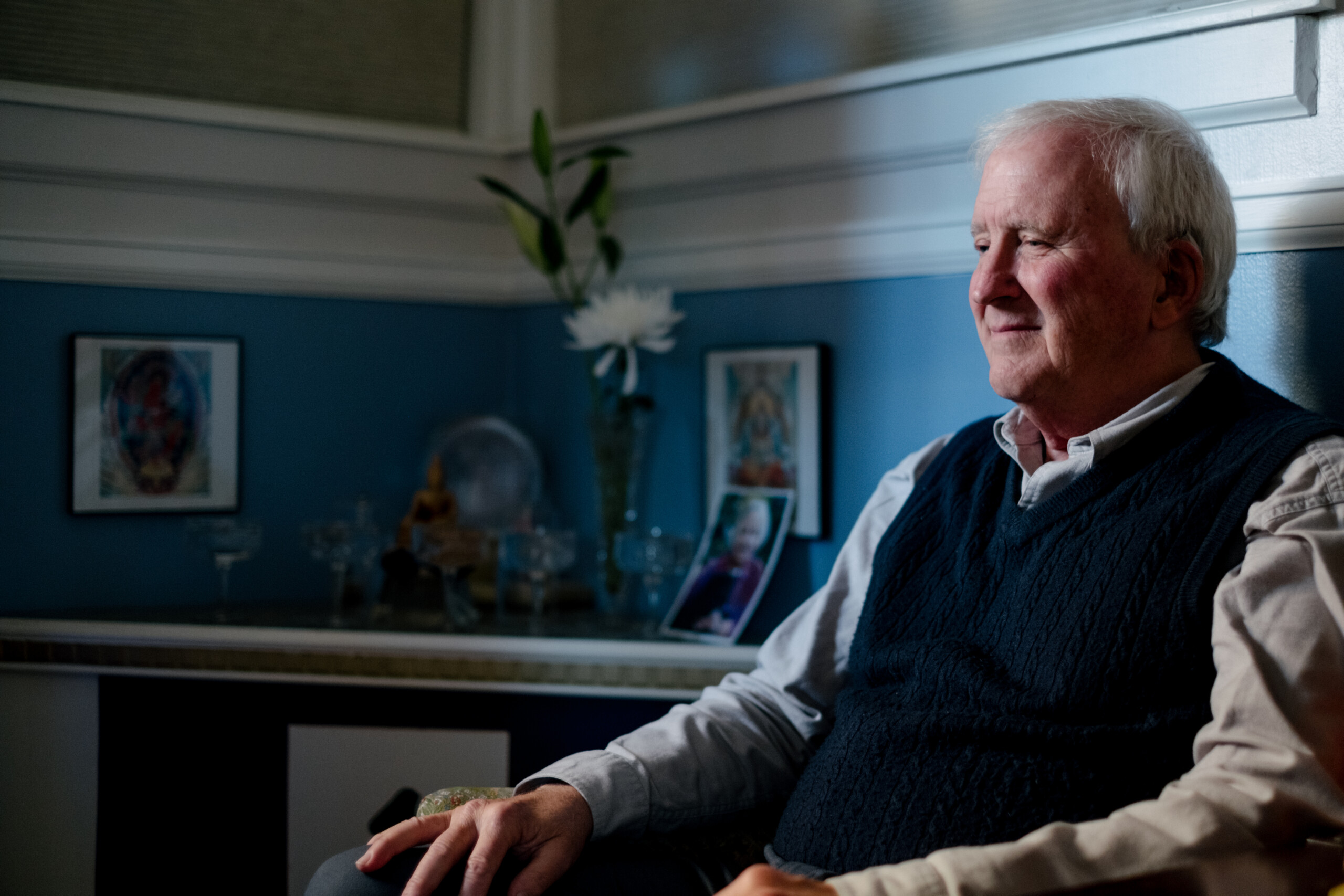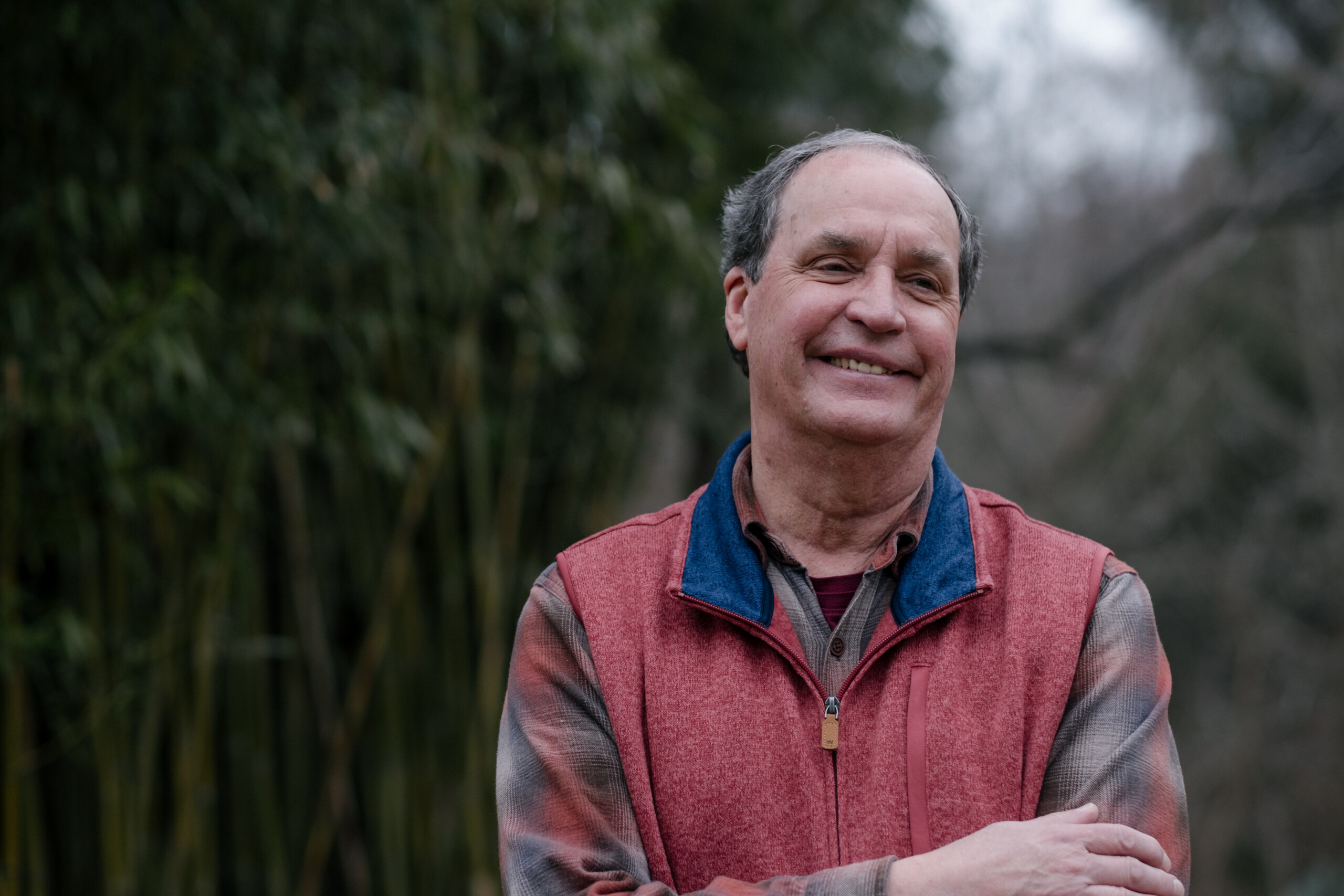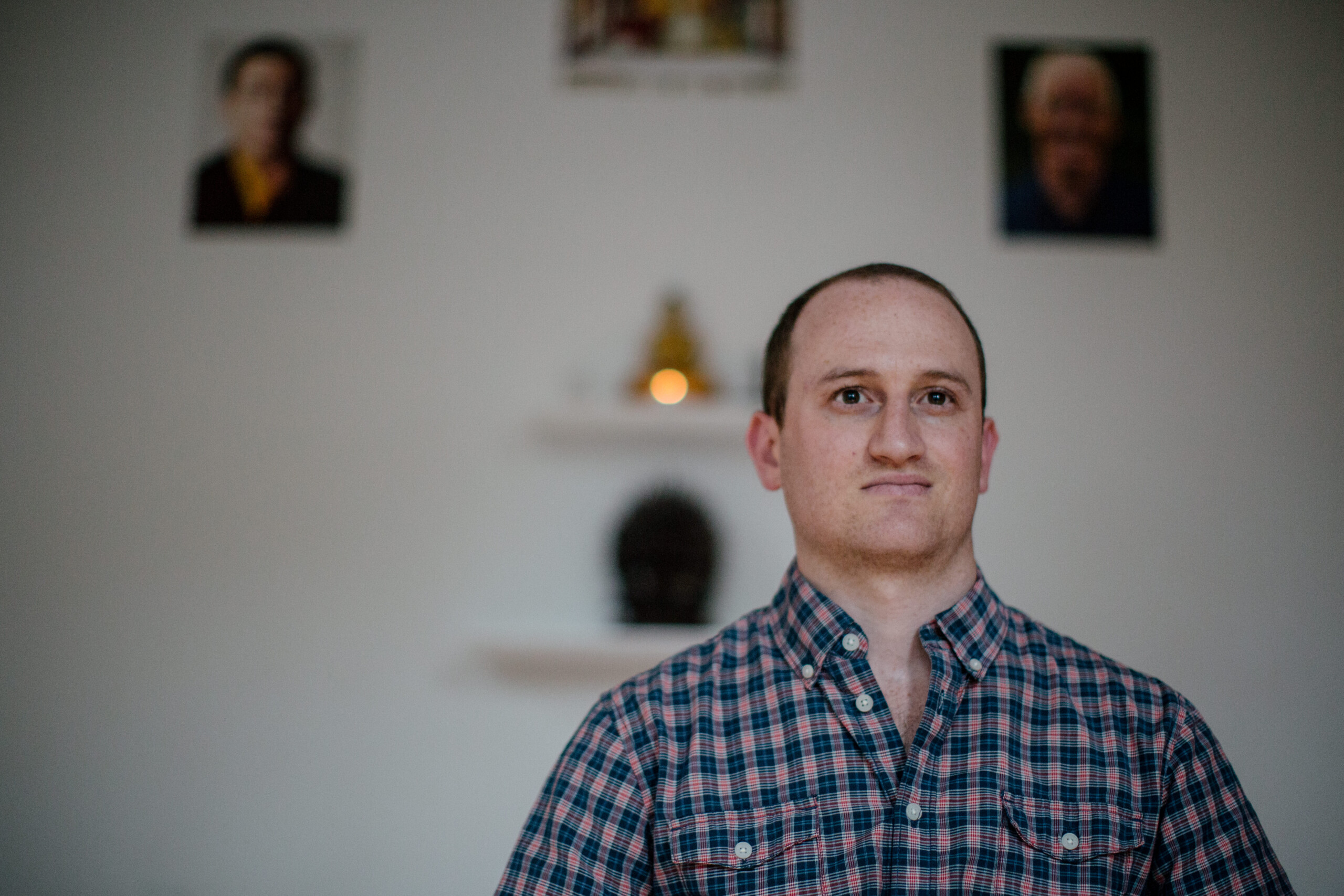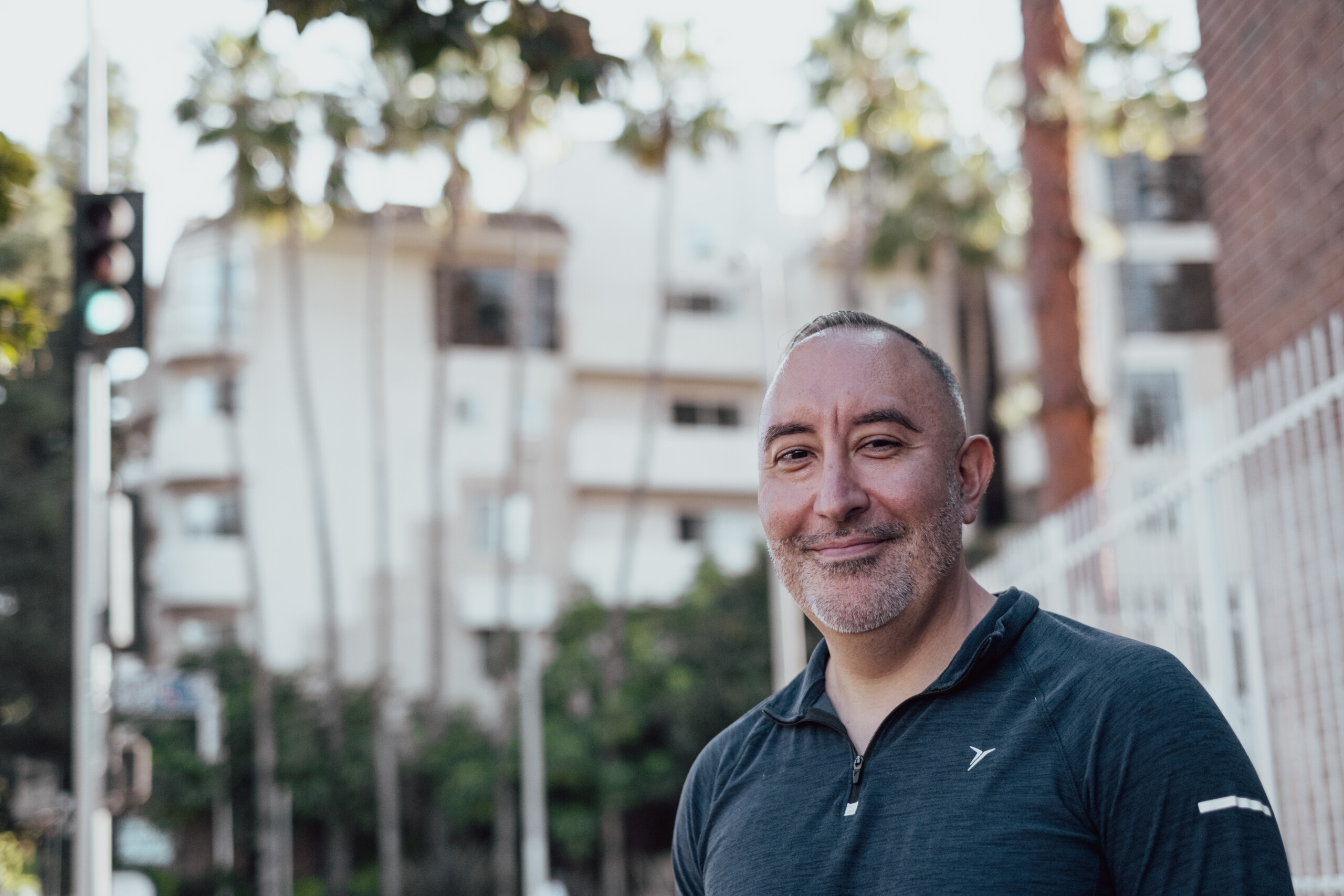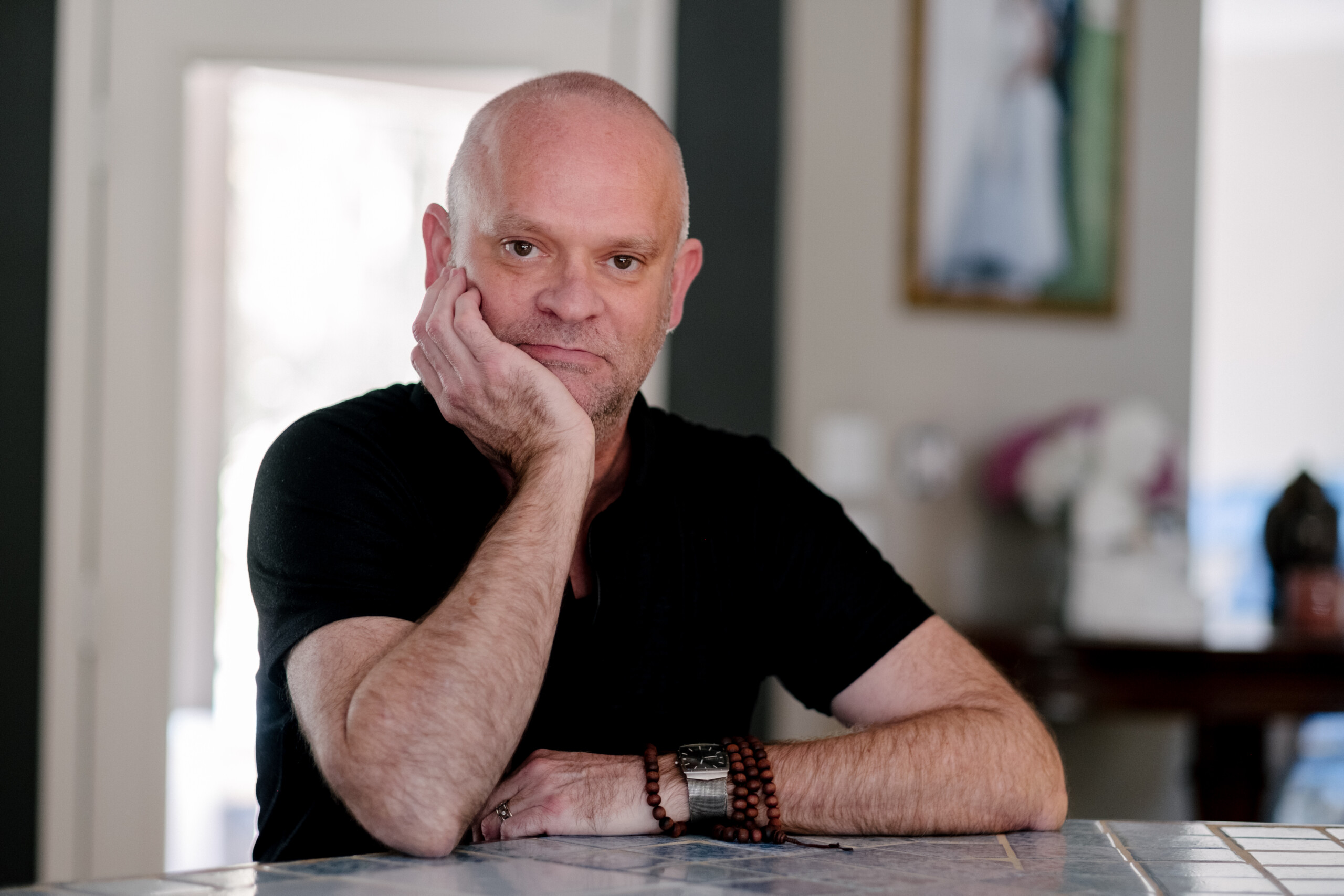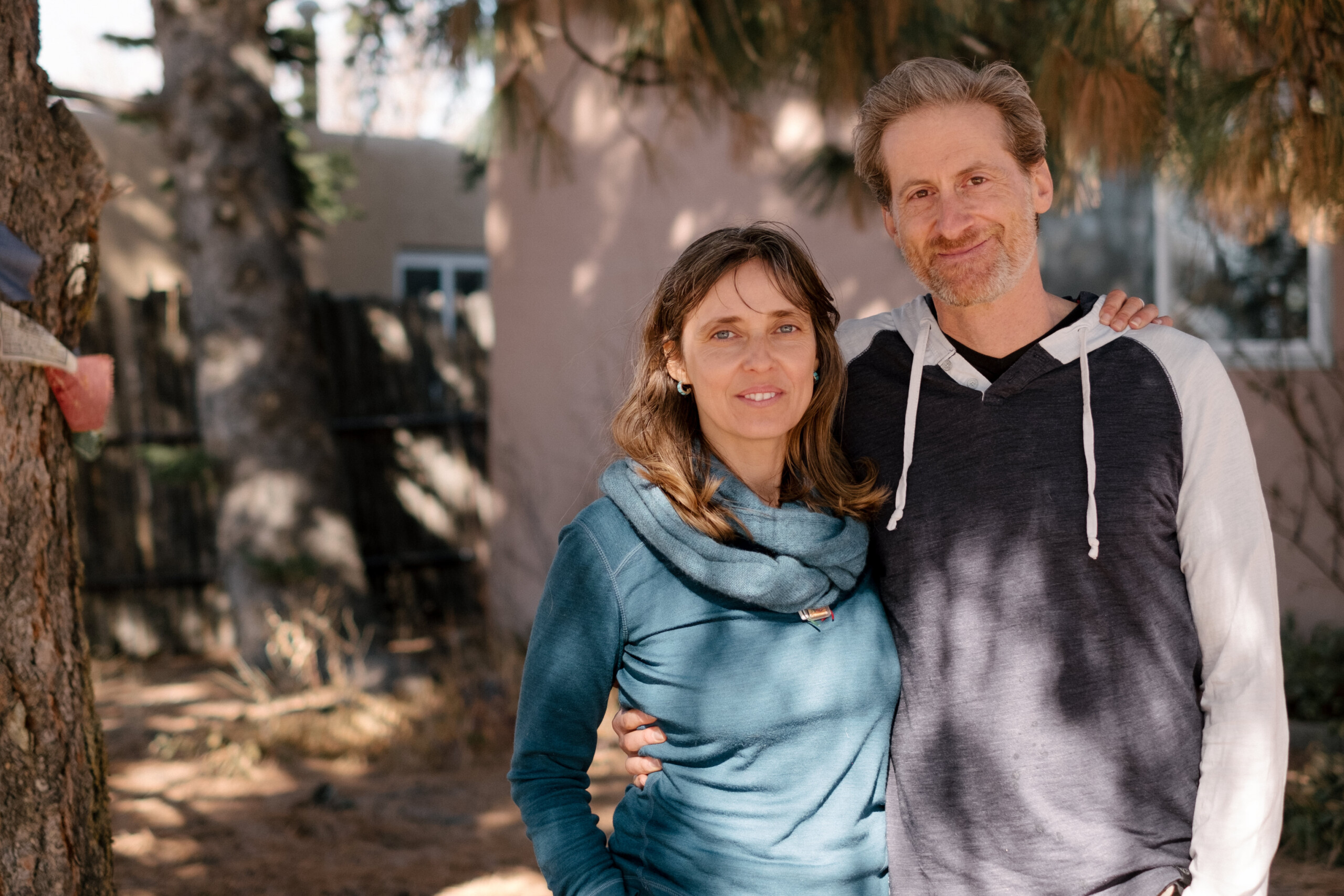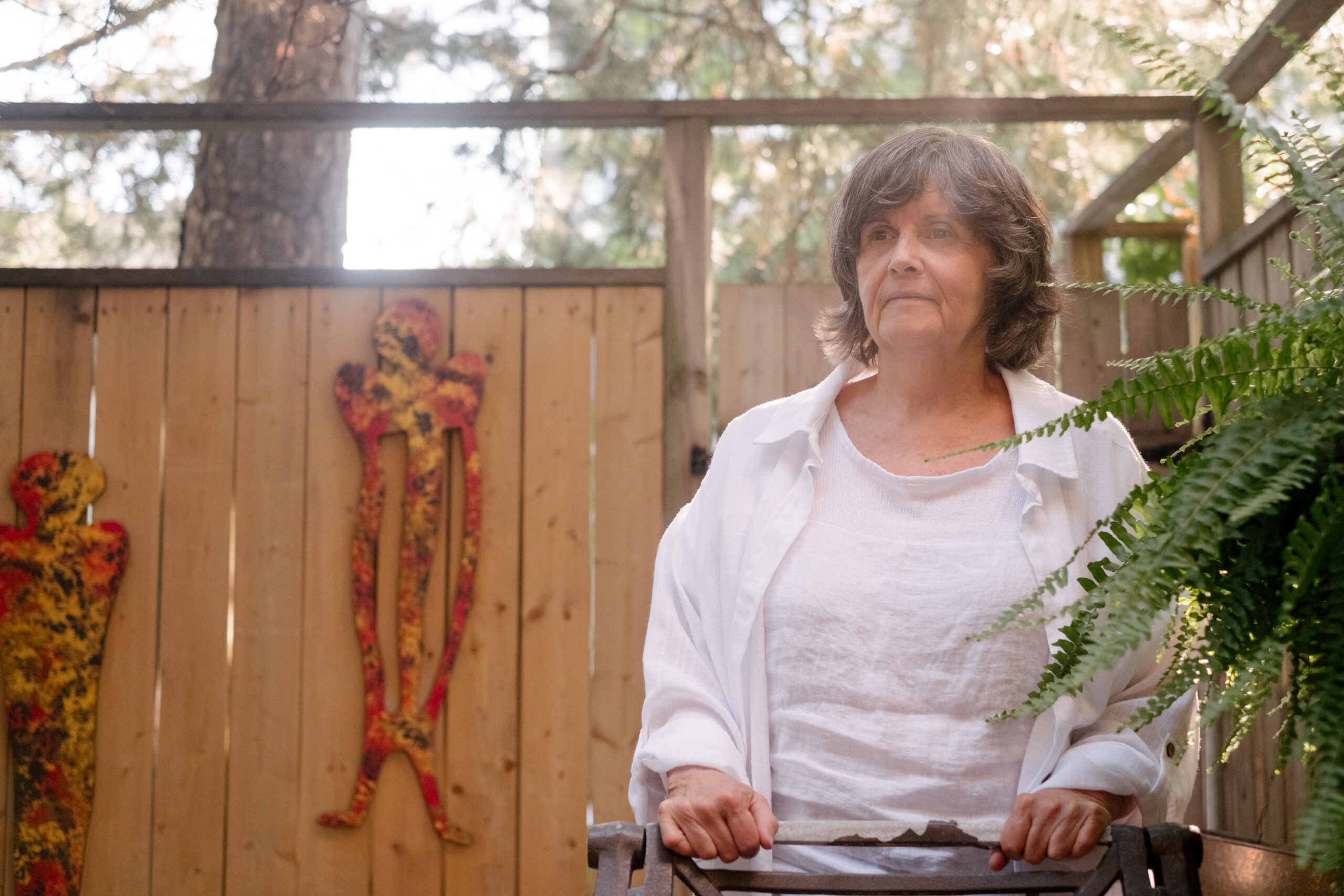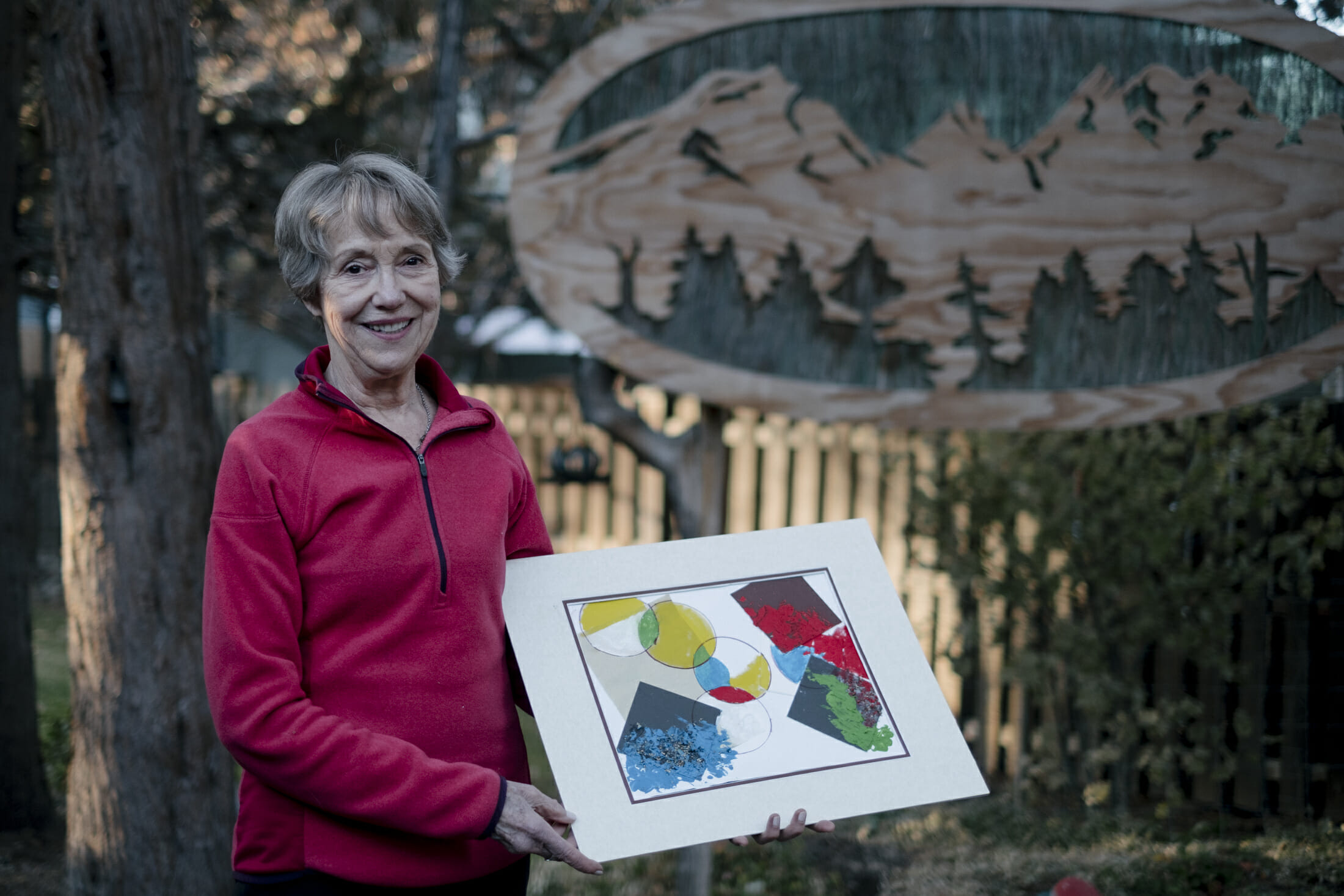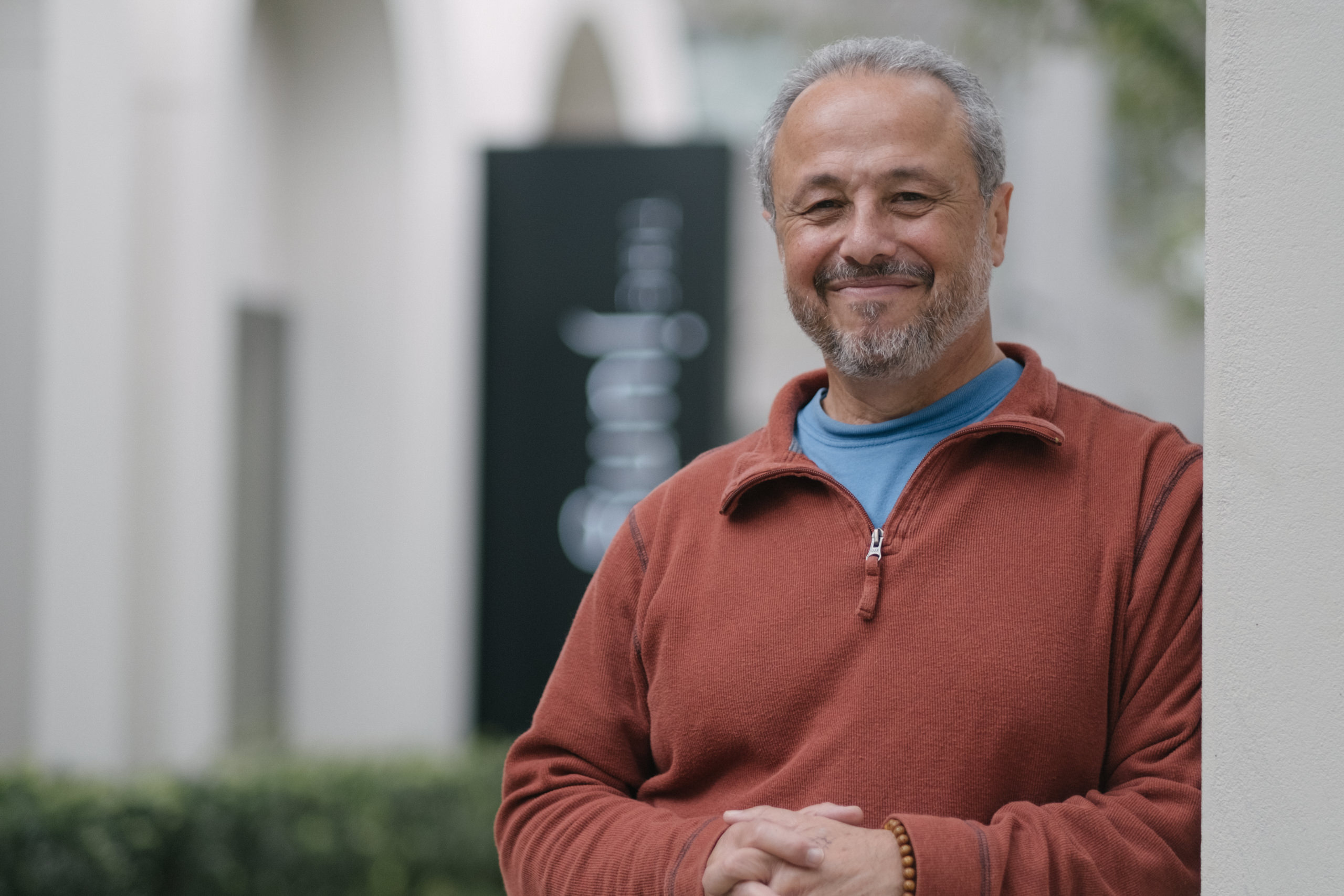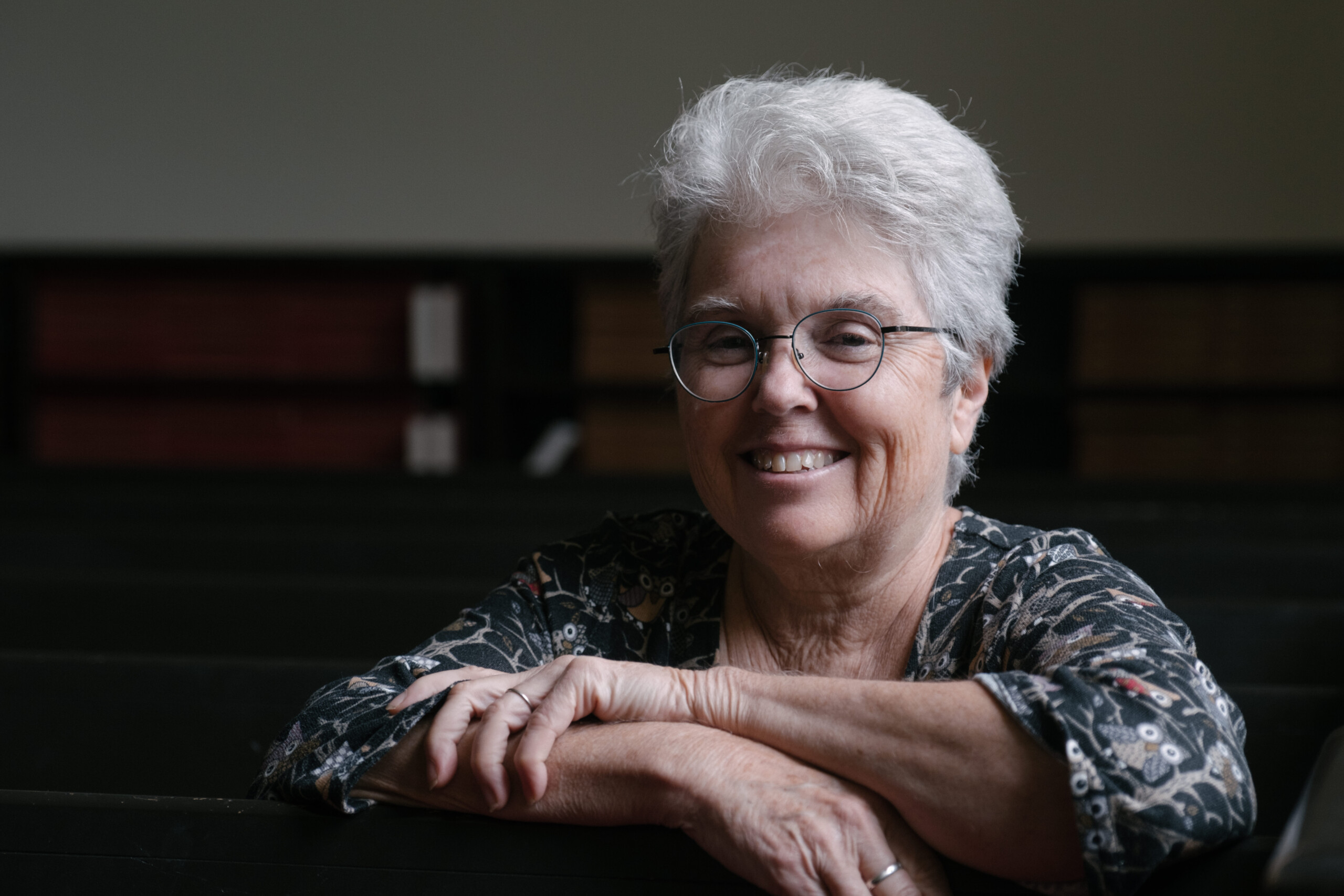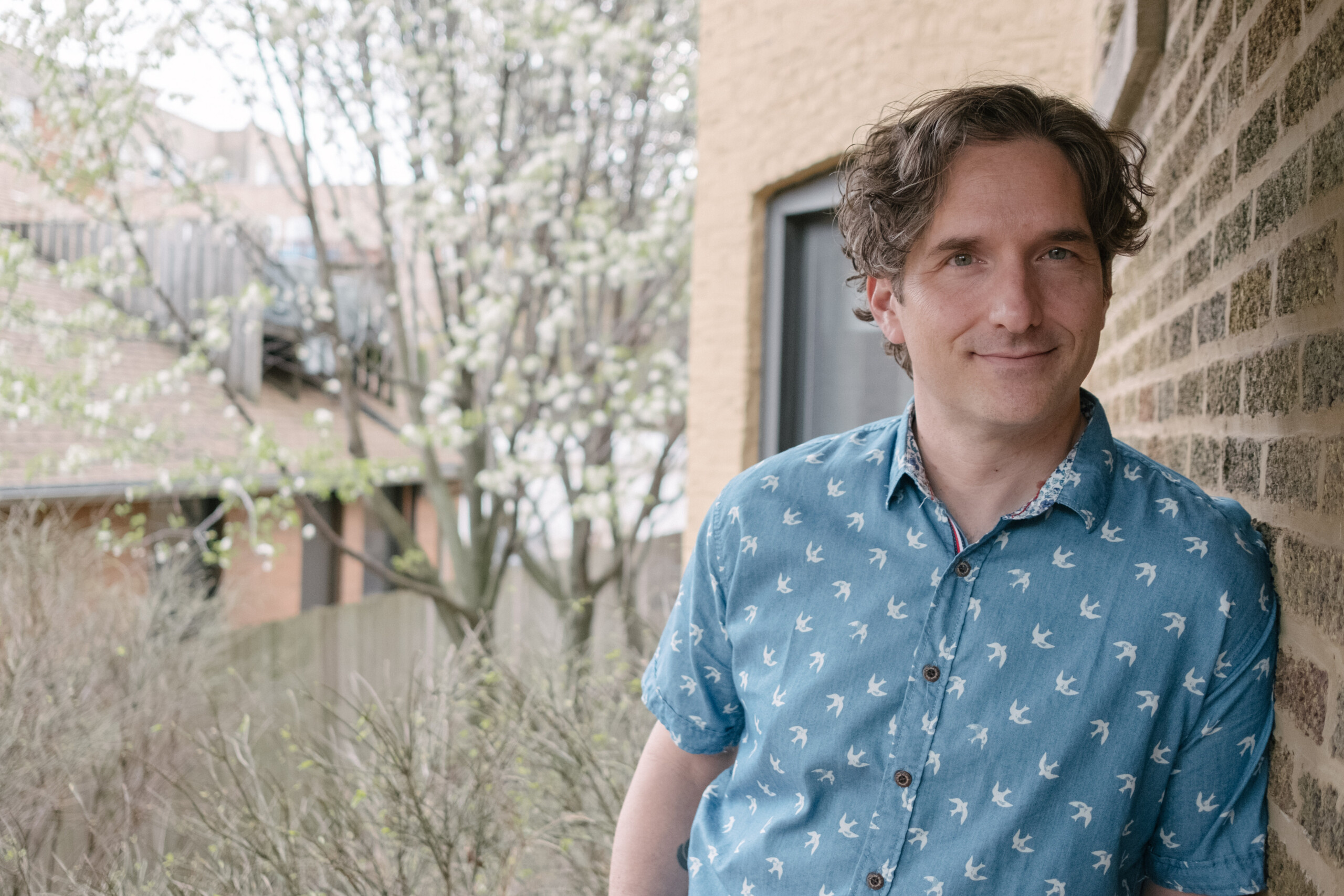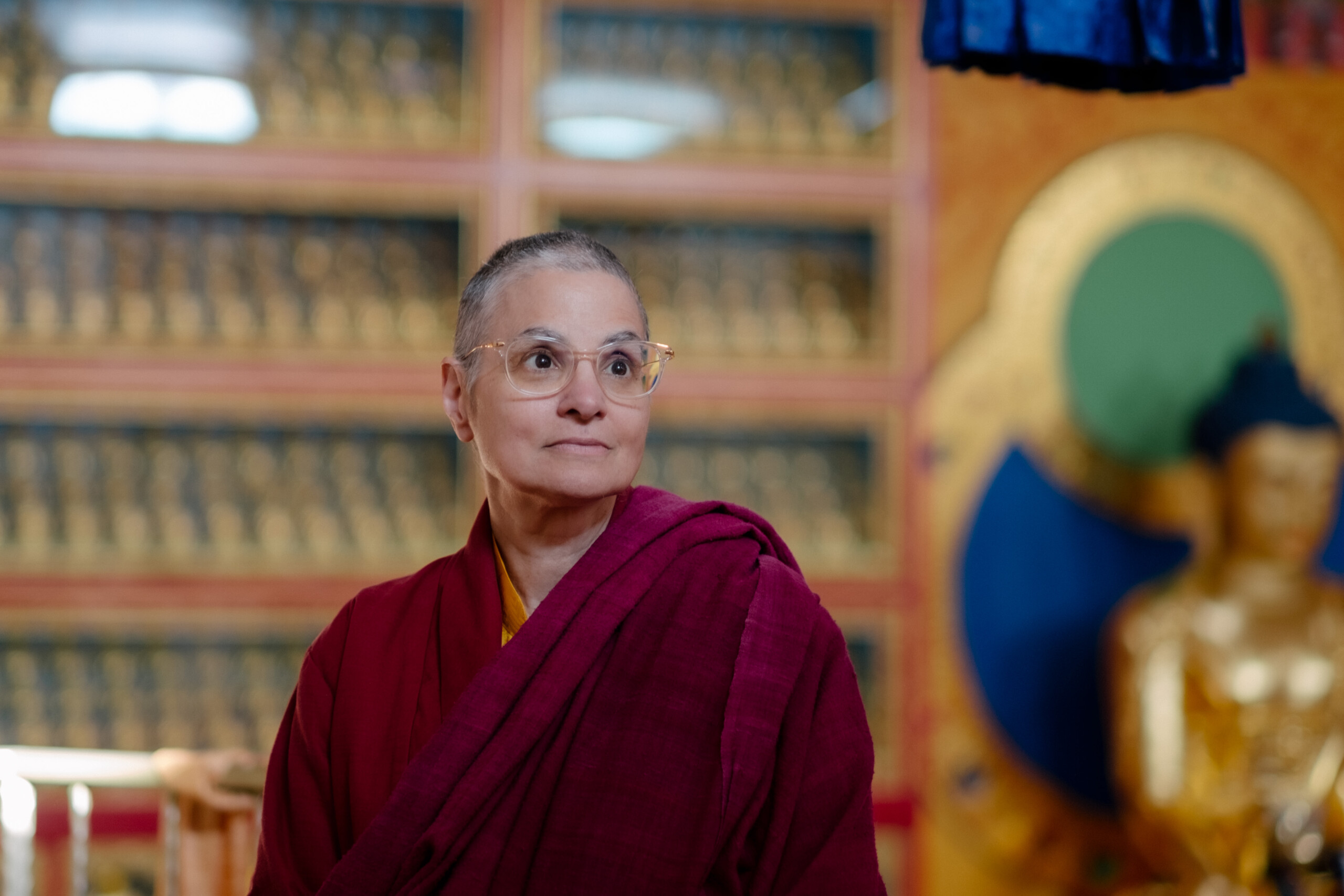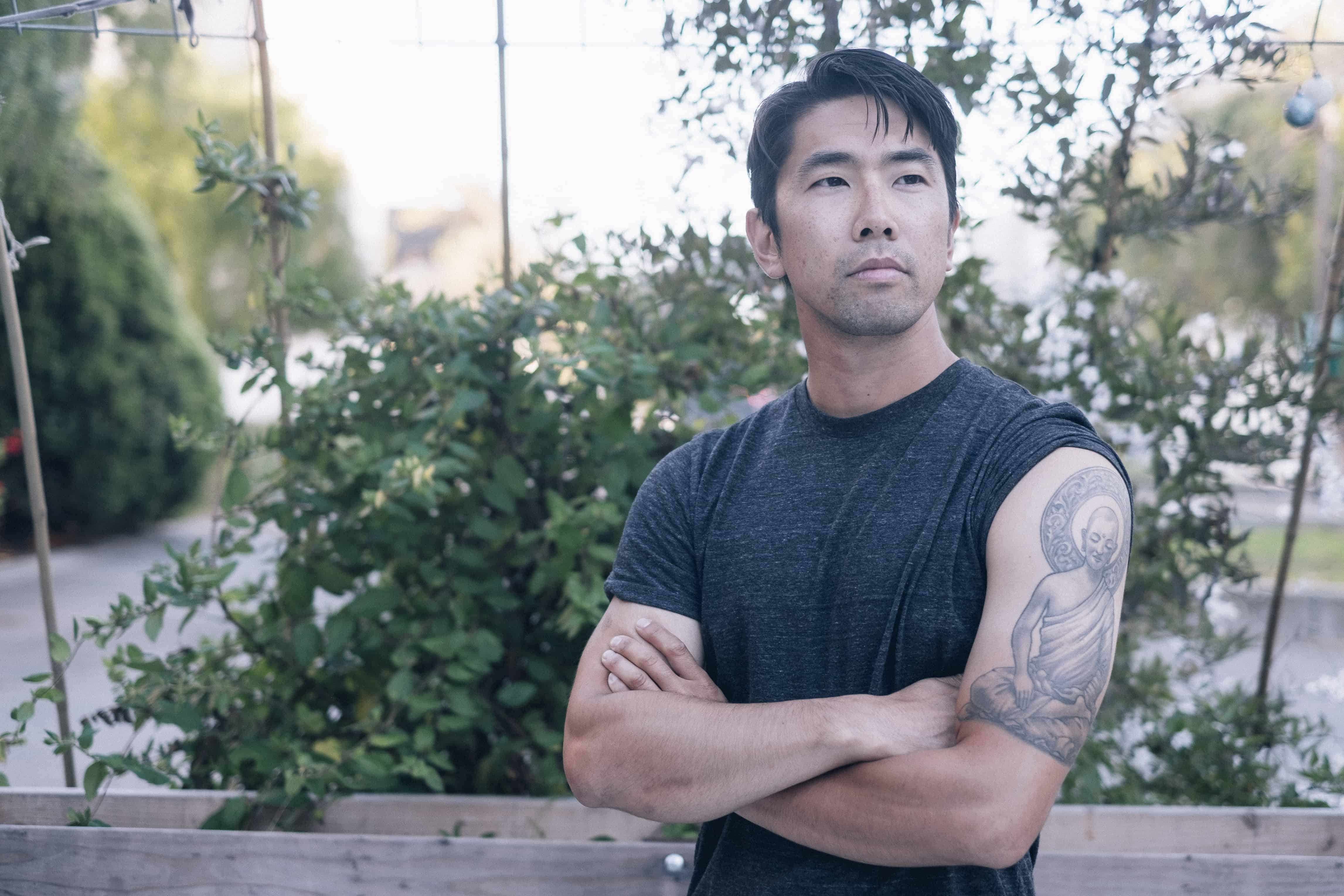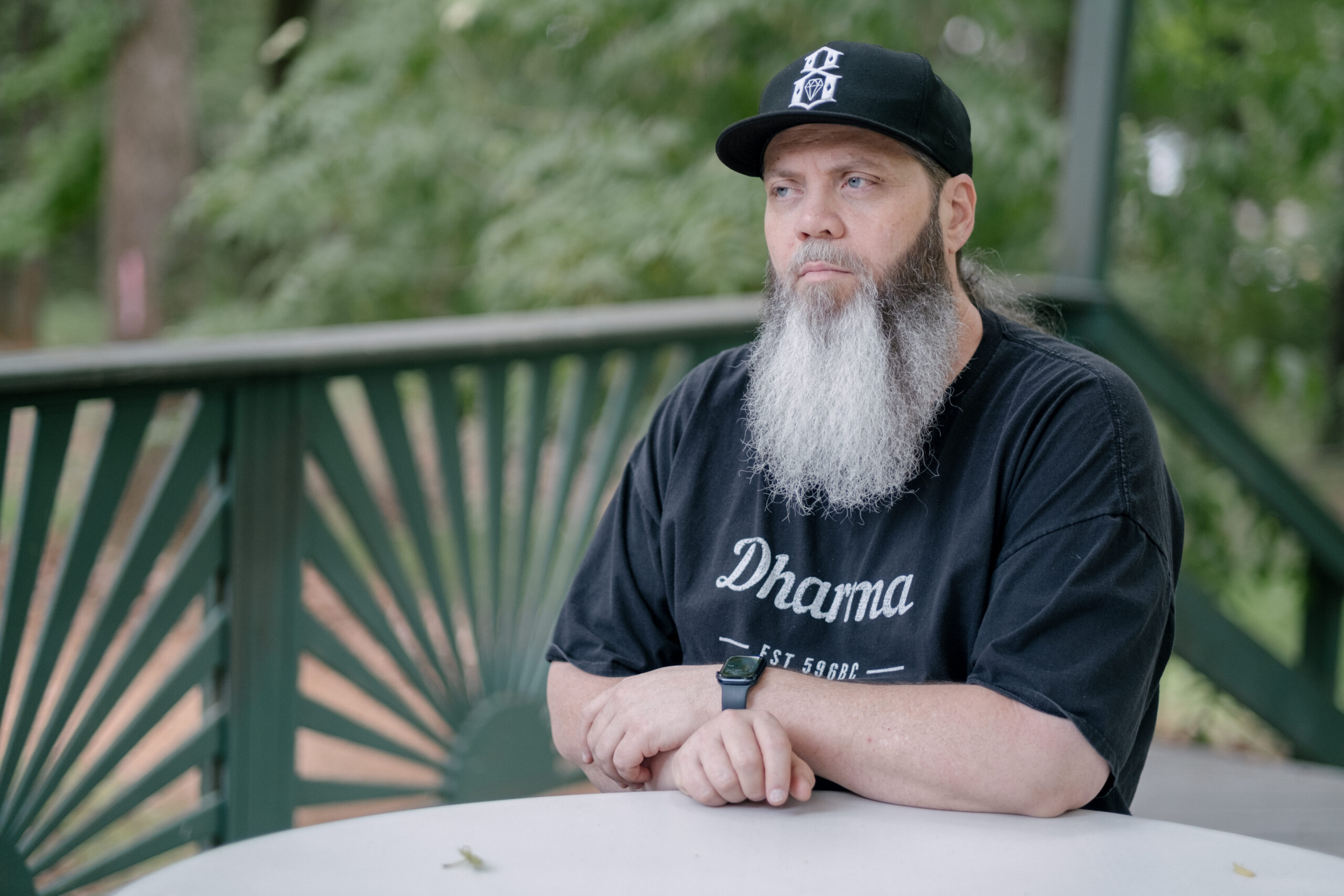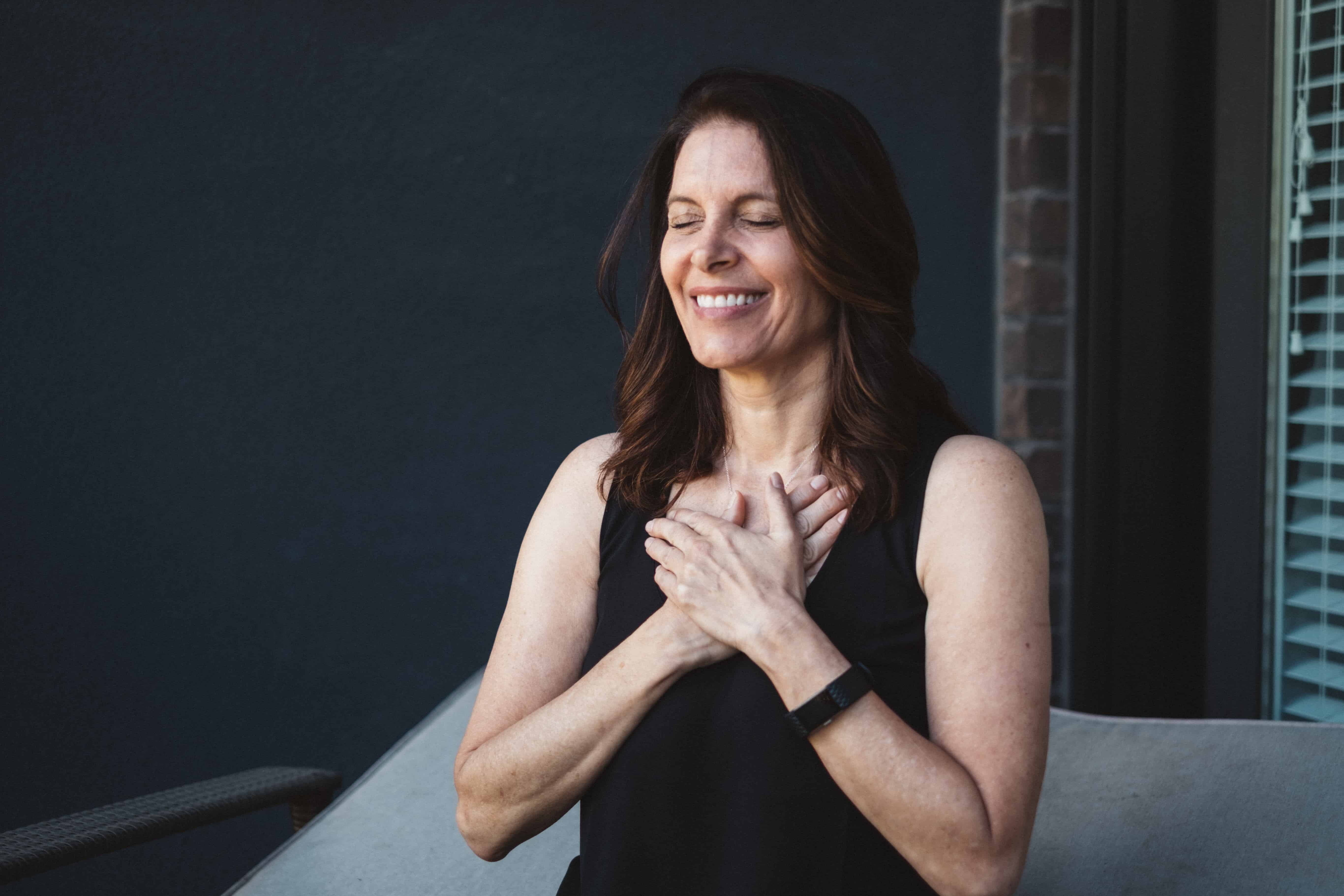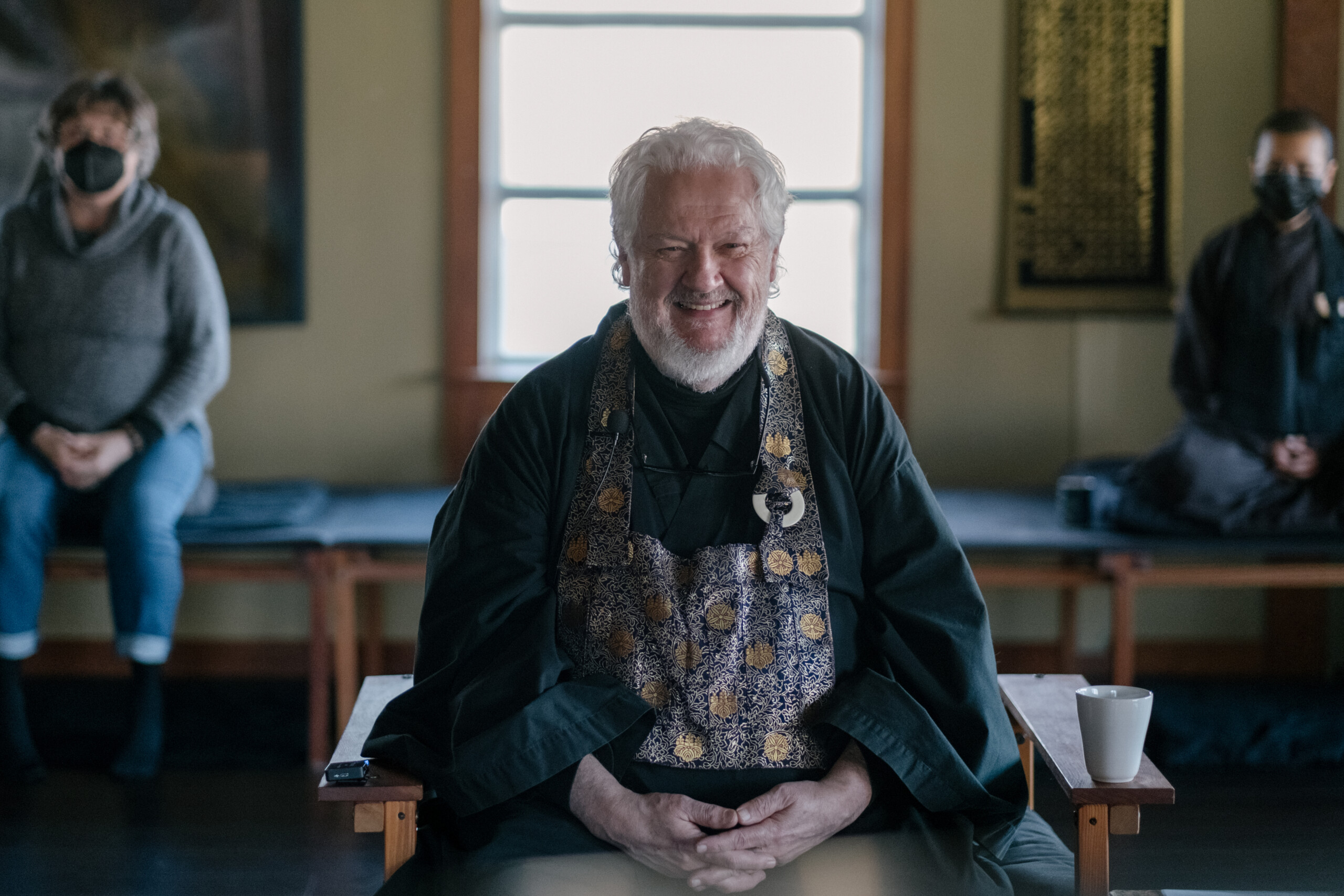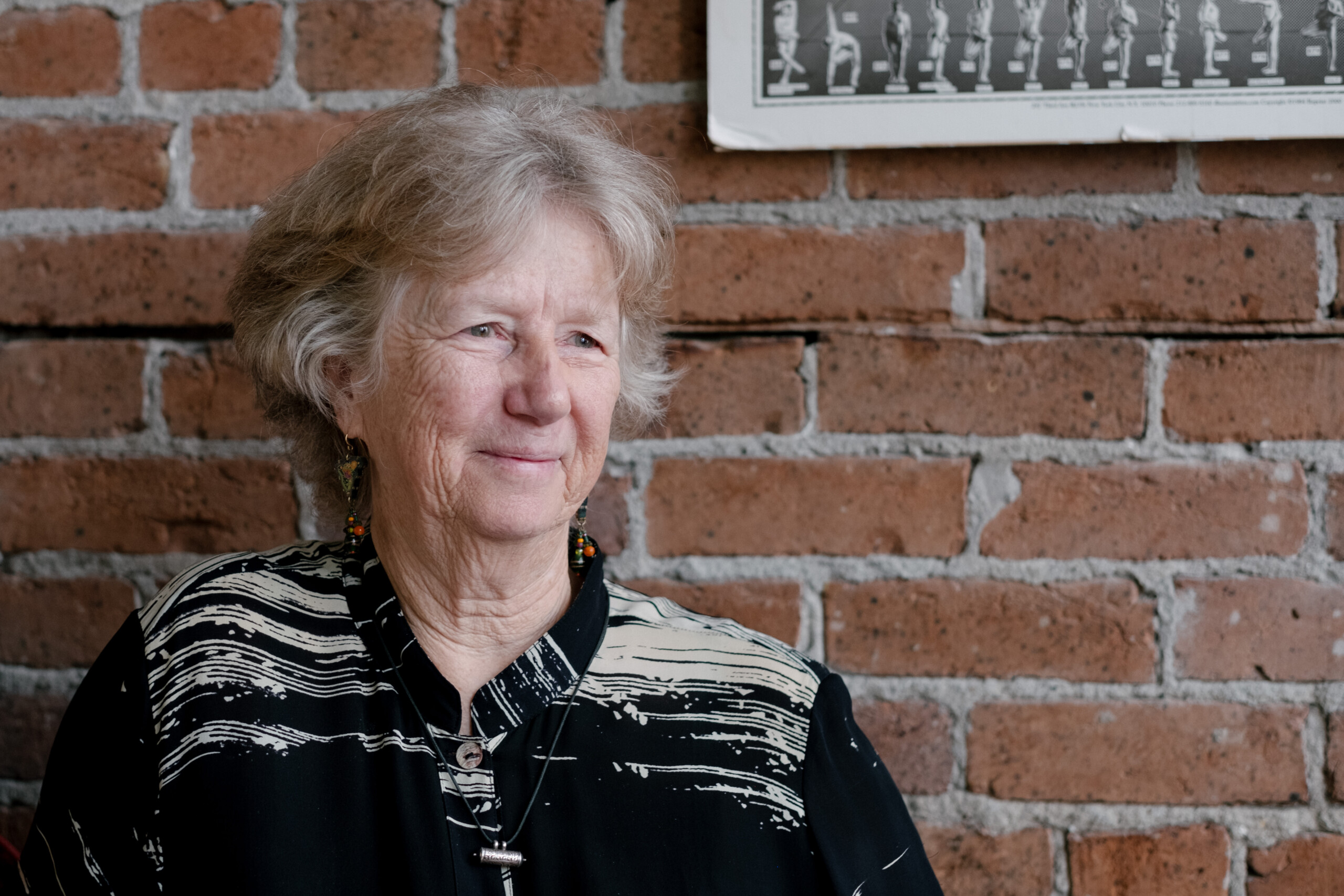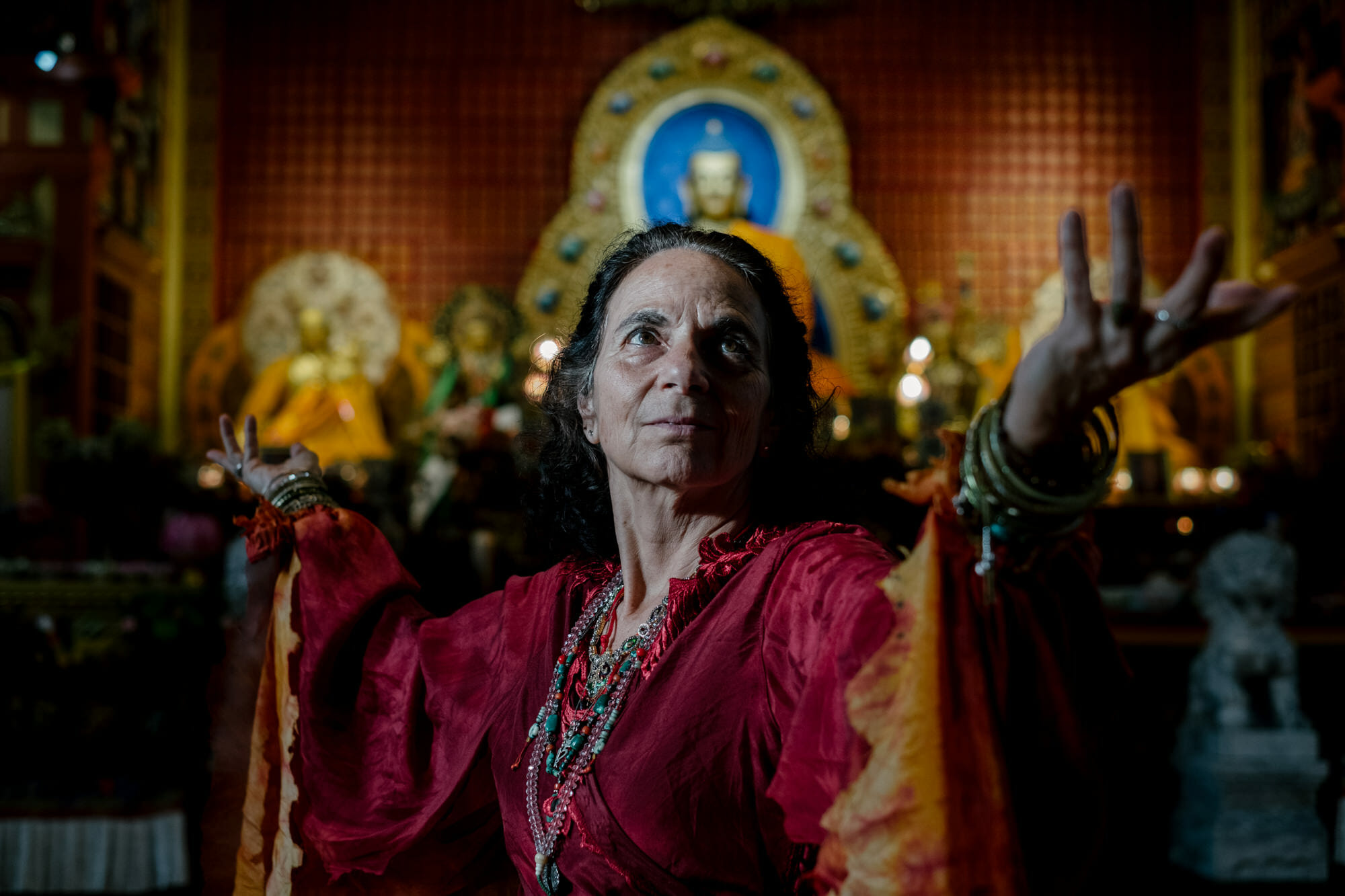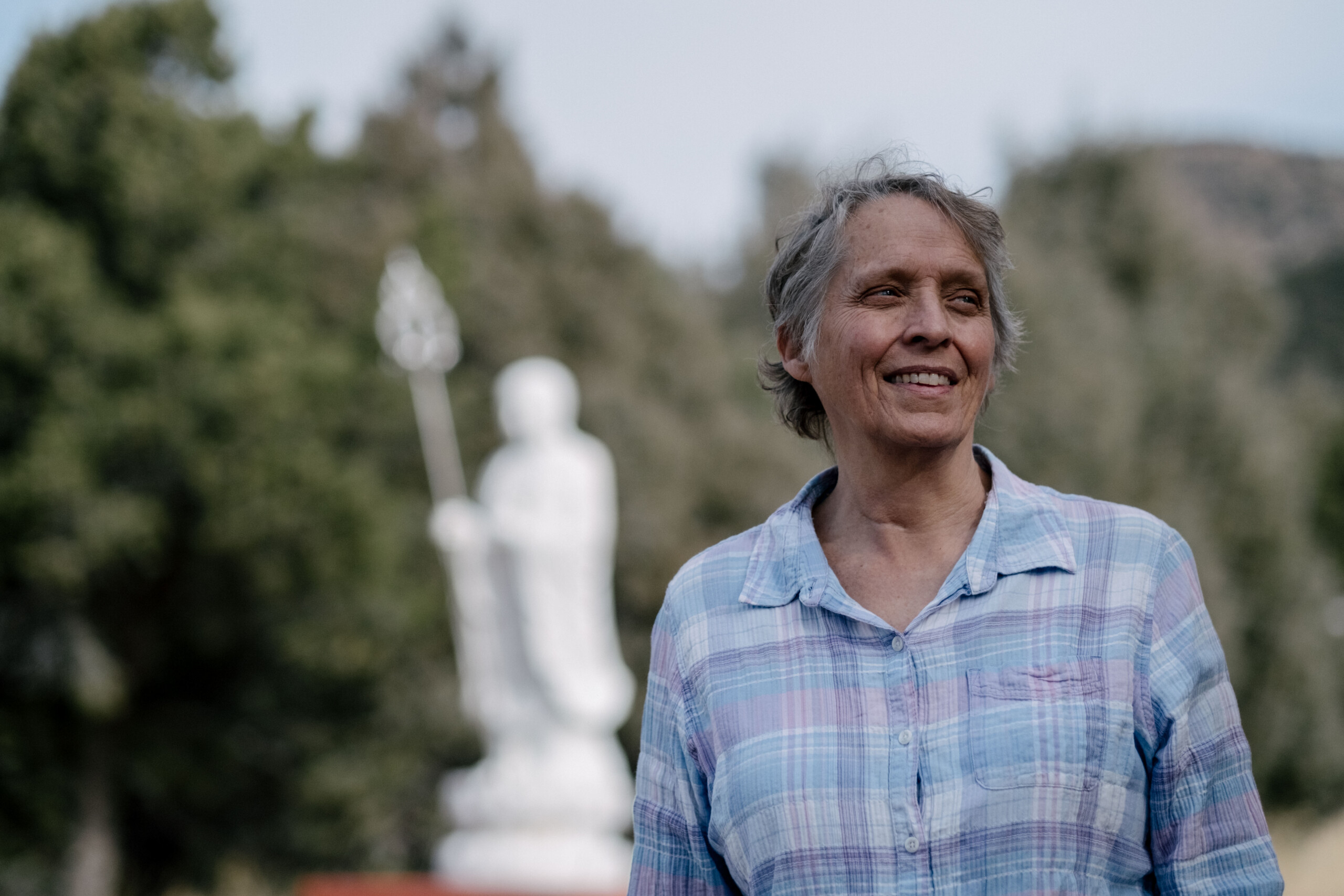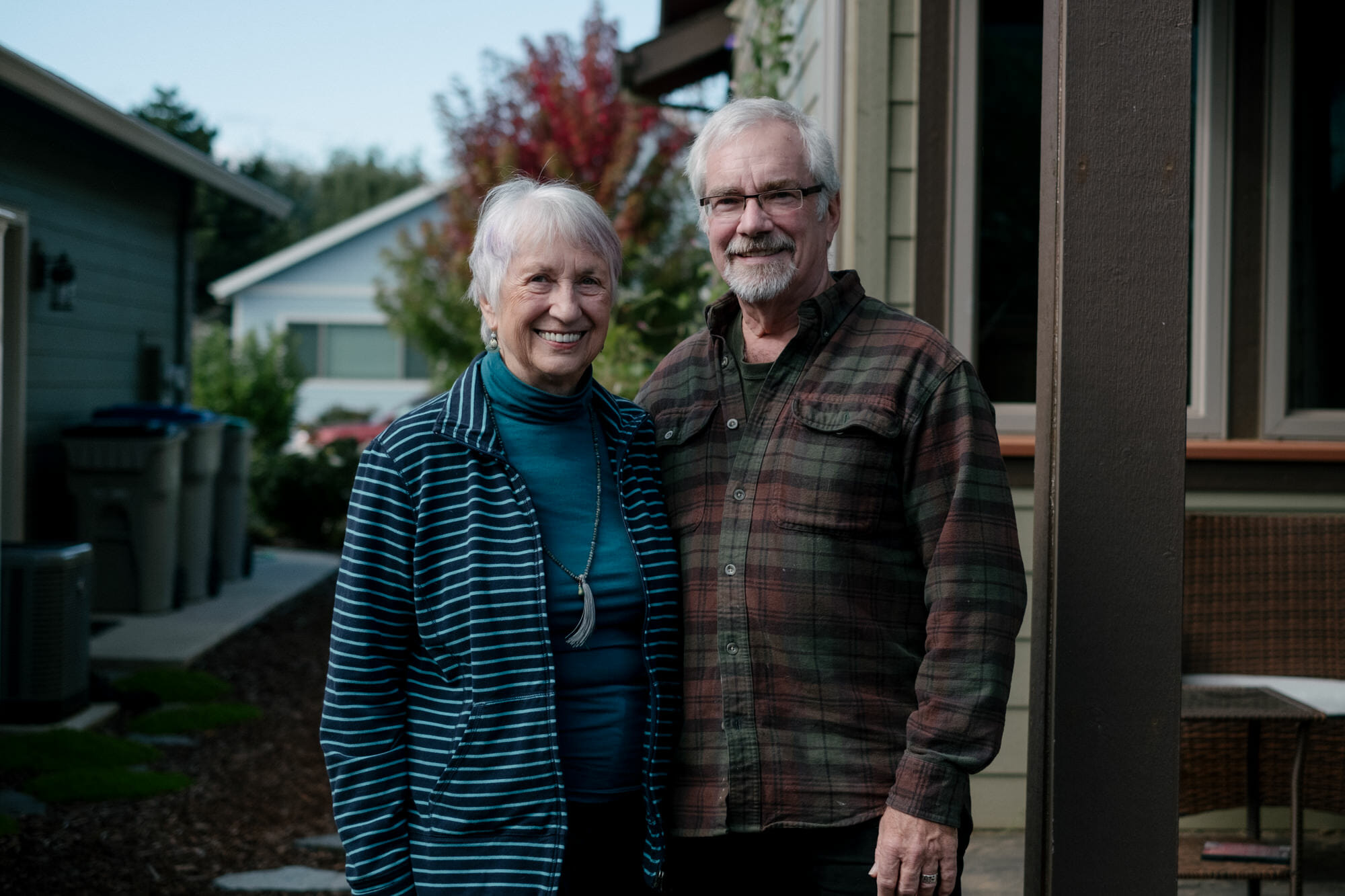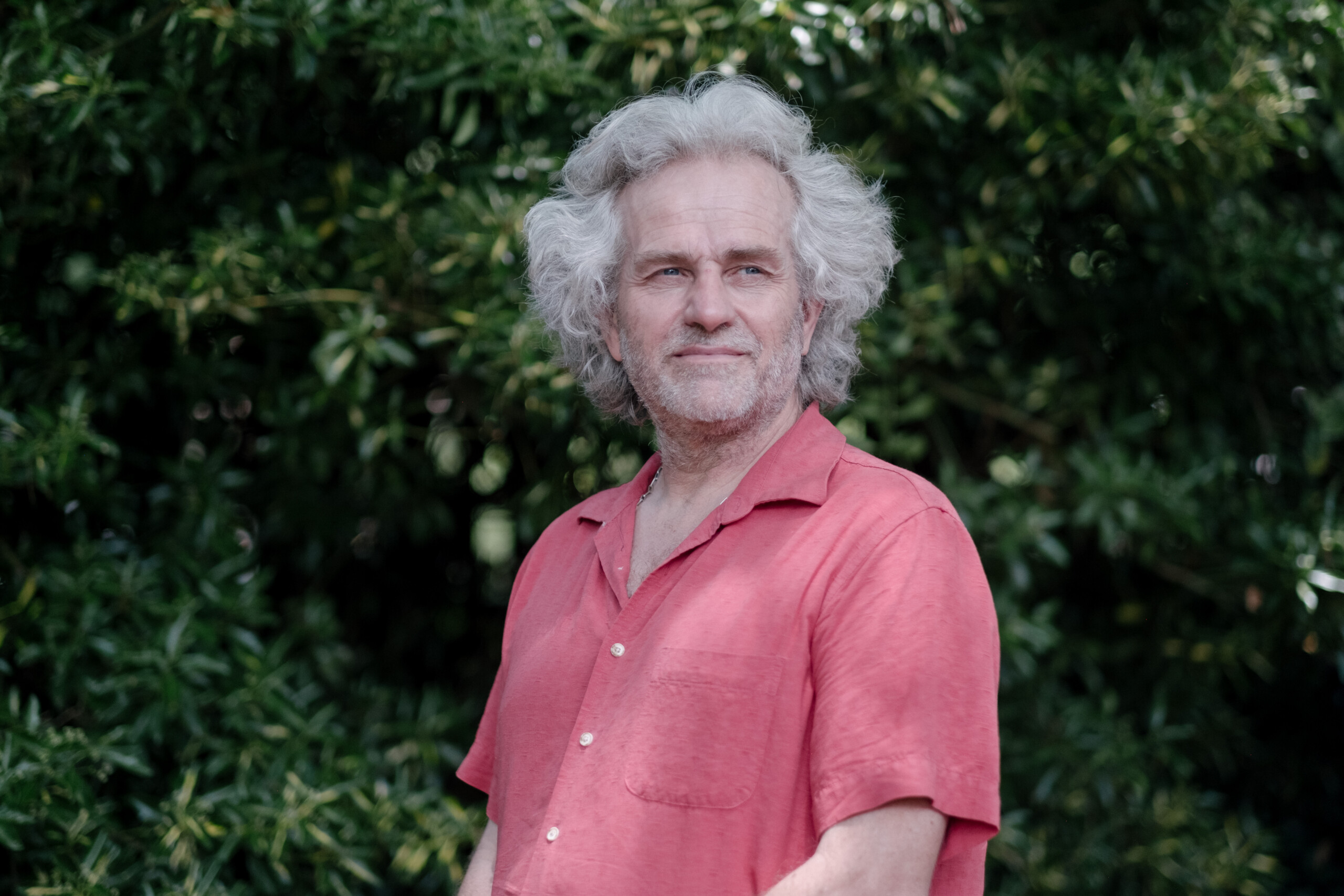Background
Jackie’s journey into the Dharma took an unexpected turn, deviating from the typical paths of seekers. As an agnostic atheist, she had dismissed her Christian upbringing, only to be thrust into a spiritual exploration through a vivid dream or vision. In this dream, a live person and a monk emerged from a Buddha garden statue, initiating a procession that led the monk to become her teacher. Intrigued by the experience, Jackie delved into Tibetan Buddhism, prompted by the vivid colors of the robes in her dream.
Her exploration intensified as she purchased every book on Tibetan Buddhism, attended retreats, and engaged with visiting monks and lamas. Despite a broad exploration of Buddhism, she struggled to find her spiritual home until a transformative weekend retreat with a born teacher. This experience propelled Jackie to focus on studying the Tibetan tradition, particularly its meditation practices and iconography.
Jackie’s attraction to Buddhism stemmed from its lack of an external deity, aligning with her agnostic or atheist perspective. The idea that everyone is born as a Buddha, with the potential for enlightenment obscured by human experiences, resonated deeply with her. The structured curriculum of Buddhism, offering a clear pathway to wisdom and inner peace, further captivated her.
As a veterinarian and environmentalist, Jackie found additional resonance in the earth-based and elemental aspects of the Tibetan tradition. The commitment to benefiting all beings, inherent in the one-to-one tradition, aligned with her compassionate nature. Since that transformative retreat, Jackie has dedicated herself to studying and exploring Tibetan Buddhism, feeling a connection that transcends not only this lifetime but possibly many lifetimes before and after.
3 Jewels
Jackie reflects on her fortunate journey into the Dharma, particularly in Houston where a vibrant Buddhist community flourishes. Visiting teachers, often lamas of high repute, frequented the area, exposing the community to a rich variety of teachings and personalities. Despite the significance of the teachers, Jackie emphasizes the paramount importance of the teachings themselves. Acknowledging the human nature of the teachers, she expresses gratitude for having encountered living Buddhas and various exceptional instructors.
The Western setting provided an added boon, as teachers from India and Nepal would stay for extended periods, organizing retreats that allowed participants to temporarily detach from daily life. These retreats, lasting a week or more, offered an immersive experience, free from everyday distractions. The structured routine facilitated a deeper understanding of the teachings, providing a peaceful environment for practice.
Jackie cherishes the tradition she embraced, finding profound meaning in its teachings. Her involvement extended into the Berne tradition, deepening her commitment to the practices associated with the one tradition. Immersed in this journey, she considers herself exceptionally fortunate to have had the opportunity to meet remarkable teachers, receive transformative teachings, and cultivate a meaningful spiritual practice.
Bon Lineage
Jackie delves into the Bon tradition, tracing its origins back to approximately 14,000 years ago, founded by Tom Busch, a Buddhist opposition rabbi. Within this tradition, teachings are tailored to individual capacities, recognizing that minds work differently. The Bun tradition encompasses three paths: the sutra path, emphasizing renunciation to avoid entanglement with negative emotions; the tantric path, focused on transforming negative emotions into positive ones; and the sirtuin path, where everything is considered perfection in itself, requiring a trained mind to perceive.
The absorption path involves training the mind to respond differently to emotions, like anger, by sitting with it and allowing it to dissipate rather than reacting impulsively. Specific practices accompany each path, including body exercises to prepare for meditation, such as clearing the body to influence the movement of winds within, which in turn affects the mind. Purification practices involve the repetition of 900 mantras, a task that may take laypeople years to complete.
Progressing through practices like shinny, which calms the mind and enhances focus, practitioners aim to still their minds and reduce activity. This leads to the exploration of various meditative techniques, be they tantric or research-oriented. The Bun tradition incorporates earth-based and element-based approaches to address obstacles or emotions hindering meditation. By identifying the element associated with a particular challenge, practitioners work with it to facilitate a smoother meditation experience. Through these multifaceted practices, Jackie finds herself immersed in a tradition that not only addresses the complexities of the mind but integrates elements of the earth to enhance the meditative journey.
Motivation
Jackie delves into the Bon tradition, centered around the Bodhisattva vow—a commitment to self-liberation for the benefit of all sentient beings. This concept of service to others resonated deeply with her, aligning seamlessly with the way she had lived her life even before encountering the bumper tradition. The emphasis on kindness and service to others, ingrained in her upbringing, became a natural fit within the Bon tradition.
She reflects on the inherent human inclination toward kindness, citing scientific evidence of increased endorphins and killer T-cells when engaged in generous acts. Jackie sees kindness as a fundamental aspect of human nature, and the Bodhisattva vow, for her, merely verbalizes and solidifies the commitment she was already embodying. The vow becomes a way to formalize the compassionate ethos she had internalized throughout her life.
Jackie believes that individuals, by embodying the Bodhisattva life, have the power to influence change starting at a personal level. Quoting Chick Moran, she emphasizes that personal transformation ripples through families, communities, cities, and eventually permeates the state, country, and the world. The Bourne tradition, with its focus on the Bodhisattva vow, aligns with Jackie’s belief that peace begins with individual actions, creating a positive energetic influence that can extend globally.
Practice
Jackie shares insights into her diverse approach to daily practice, acknowledging its variability based on her feelings and schedule. While her routine fluctuates between periods of consistent practice and intervals with none, Jackie highlights the importance of finding a routine that works for each individual. She recommends dedicating even just 10 minutes every day to maintain a disciplined daily practice.
In the past, Jackie incorporated practices like walking her dogs, singing daily prayers, and engaging in sore long exercises on her porch. Her day concluded with a 10-15 minute meditation, always followed by a dedication of merit to all sentient beings. However, life’s disruptions and lack of discipline can pose challenges to maintaining consistency.
Jackie reveals that after teachings or retreats, she tends to follow the specific practices learned during those events. The Bompard tenets and the principles of the one tradition continually influence her decision-making process, guiding her actions to align with the ethical framework of the tradition.
Beyond formal cushion practice, Jackie integrates the BUN tradition into her daily life by considering its ethics and principles throughout the day. Currently, she’s exploring Tibetan yoga (trul khor) and dedicates her day in the morning and reviews it at night, incorporating the recommended purification mantra.
Regarding the selection of daily practices, Jackie discusses the challenge of having numerous options. She suggests intuitively choosing practices that resonate and attract, emphasizing the importance of practicing them consistently until they become a part of oneself. Tenzin Mango Rinpoche’s advice to let go of teachings that don’t resonate is echoed, encouraging practitioners to focus on what feels meaningful to them. Jackie emphasizes the need to gain depth in a practice rather than sampling a buffet of traditions or practices, promoting a more profound connection with the chosen path.
Refuge
Jackie reflects on the process of deciding what to study within the vast realm of Buddhist traditions, emphasizing the importance of deep immersion in one tradition rather than sampling multiple ones. Upon discovering the Bon tradition, she felt an immediate connection and made a committed decision to study it exclusively. The richness and depth of the curriculum within the Bon tradition were compelling enough for her, leading her to forego exploring other traditions.
Jackie discusses the concept of refuge within the Bon tradition, noting that while it’s occasionally offered by particular teachers, it’s not necessarily considered a formal step in the curriculum for training the mind. She personally took refuge with one or two teachers, considering it more of a heart-based connection to the teacher and the tradition rather than a mandatory checkbox in her spiritual journey.
Intriguingly, Jackie touches on the stories within the Bon tradition that describe individuals becoming lighter and realizing the space within their bodies as they progress in their spiritual practice. While these tales may seem fantastical, she finds a parallel between ancient wisdom and modern scientific discoveries. Her scientific curiosity is piqued by how ancient systems of medicine, energy work, and breathing align with findings from contemporary instruments, prompting her to stay engaged and explore these aspects further.
For Jackie, the commitment to her chosen tradition is not only driven by the depth of its teachings but also by a sense of curiosity about how ancient knowledge aligns with current scientific understanding. Her journey is not just a spiritual exploration but a quest to bridge the gap between traditional wisdom and modern scientific insights.
Reincarnation
Jackie reflects on the intriguing nature of ancient traditions, particularly those that demand practitioners to figure things out for themselves rather than relying on faith. She emphasizes the teachings’ insistence that followers not take anything on faith, challenging them to explore and verify the truth within the tradition. As one discovers the validity of certain teachings, faith naturally develops in other aspects of the tradition.
She recalls an early conversation with a friend about achieving enlightenment in this lifetime. Initially, Jackie saw it as a daunting task amidst her myriad responsibilities, but over time, the perception has evolved. While the teachings suggest that the best opportunity to realize enlightenment is at the moment of death when the attachment to the body is released, it is no longer viewed as a chore. Even those close to enlightenment anticipate this moment, hoping to recognize it, with the intention to return as bodhisattvas to continue aiding others.
Jackie’s journey highlights the evolving perspectives on the concept of achieving enlightenment in this lifetime, navigating from initial reluctance to an understanding that the teachings offer profound insights into the nature of existence and enlightenment.
Retreats
Jackie details her experiences with residential retreats within the Bompard tradition, highlighting the diverse teachings offered by various teachers. With the Buddha having taught 84,000 teachings, the retreats serve as paths leading practitioners down the same journey but with unique perspectives tailored to different minds and consciousness.
Describing a typical day at a residential retreat in France, Jackie outlines the rituals and offerings, such as the morning fire offering (song) and the water offering ceremony (tour). These rituals, occurring four times a day, involve prayers, chants, and blessings, aimed at satisfying the needs of spirits associated with various elements and realms.
The day includes teachings, breaks, and meditations, emphasizing the integration of the curriculum into daily life. Generosity offerings, involving smoke rituals and drum and bell ceremonies, symbolize a connection to the shamanic traditions, seen by some as the indigenous religion of Tibet. These practices reflect the harsh Tibetan environment’s influence, fostering a deep connection to the elements.
Jackie emphasizes the immersive nature of these retreats, where practitioners not only learn through teachings but also engage in meditative practices. The process involves thinking about teachings, meditating on them, and turning those learnings into personal experiences. The circular process continues as practitioners compare their meditation experiences with the teachings, leading to a deeper understanding.
She underscores the importance of meditation, stating that reading or thinking about teachings is insufficient. Practical application and meditation help transform knowledge into personal experience. Having a teacher is crucial to avoid mistakes and ensure proper understanding of the meditation practices, emphasizing the practical and structured nature of the curriculum aimed at taming the mind.
Visualization Practice
Jackie shares her journey into Tibetan Buddhist practices, particularly the tantric teachings that deeply resonated with her. The first impactful teaching she attended focused on tantric practice, emphasizing the feminine energy of peace, healing, and protection. In tantric meditation, practitioners transform into enlightened beings, not gods, fostering a sense of perfection. Jackie appreciates the opportunity to “practice being perfect” and carry that energy into daily life.
One specific tantric practice she found beneficial is the Tara practice, embodying loving wisdom presence. This practice helps cultivate generosity, patience, and understanding, aligning well with Jackie’s role as a veterinarian and her general approach to life. She emphasizes the value of remembering the feelings from meditation to apply them throughout the day.
As Jackie delves deeper, she becomes drawn to various tantric practices, finding resonance in the energy they bring. The Red Garuda practice, focused on powerful healing, allows her to tap into inner strength during challenging veterinary situations. Jackie describes how chanting the seed syllable of Red Garuda clears fear and nervousness, providing the confidence needed for critical procedures.
Reflecting on her journey, Jackie notes that while some may argue the energy comes from outside, she perceives it as an internal clearing, unleashing confidence and healing power. Tantric practices, with their focus on personal growth, contribute to Jackie’s development as a more peaceful and compassionate individual. She also mentions her engagement with Zen practices, highlighting the significance of physical practices and breathing exercises to align the mind and body. Currently, she is exploring and integrating Zen practices into her meditation routine.
The Book
After a decade of studying the Bon tradition, Jackie felt a growing awareness of the aging Tibetan Buddhist teachers, prompting her to embark on a project to document their escape from Tibet. Recognizing the urgency, she and her husband, a newspaper writer, sought permission and blessings to write a book about the teachers’ experiences. They were fortunate to interview the surviving lamas and monks in person, traveling to India, Nepal, Tibet, and France. The resulting book explores the escape and diaspora of the monks, detailing both magical and tragic events.
The journey of writing the book, titled “Ambush in Morrow,” has been an emotional adventure. Jackie recounts sitting with Young’s intended non Doc Rinpoche in Kathmandu, hearing about his survival after being shot during an ambush. The emotional impact of these stories remains palpable, with the monks sharing their experiences and the deep connections formed during their perilous journey. The book portrays the devotion of the monks to each other, their tradition, and culture, weaving a rich tapestry of stories.
Jackie shares the passing of the 33rd His Holiness Long taught Temple Nyima and the smooth transition to the 34th His Holiness, highlighting the continuation of the Bon tradition. The monks’ escape from Tibet, guided by a Tibetan allergist and Snelgrove from England, led to a Rockefeller grant to study blood in London. Returning to India, they established the Bon community in exile in Dehradun. The book captures these historical events, emphasizing the monks’ devotion and the continuation of the Bon tradition.
Throughout the writing process, Jackie and her husband experienced the excitement of adventure, observing the monks’ resilience during their journey over the Chiang Tong plateau and the Himalayas. The book provides a comprehensive history, tracing the lives of three influential figures in modern Bonpo: citing Karma, His Holiness the 34th Long taught Temple Neema, and Young’s intended non Doc Rinpoche. Ancillary stories enrich the narrative, creating a complete history from childhood to the present day.
“Ambush in Morrow” is expected to be published next year, and those interested can follow updates on the website “Ambush at Morrow Wycombe.” The book promises a true and captivating account of the monks’ escape and the profound impact of their experiences.
Enlightenment
In exploring the concept of enlightenment within the Bon tradition, Jackie emphasizes that it involves realizing one’s true nature, described as pure, clear, and interconnected with everything. In the Bon perspective, enlightenment is not an achievement but a recognition of the inherent clarity and lack of separation from the world. The teachings focus on training the mind to discern between the transient clouds of thoughts and emotions and the enduring clarity of one’s natural state. The goal is not to achieve enlightenment but to cultivate the ability to recognize and live in harmony with the innate clarity, wisdom, love, joy, and other aspects that naturally arise from it. When discussing enlightenment in her writing, Jackie underscores the importance of careful language, opting for phrases like “recognize the enlightenment” rather than “achieve enlightenment.”
Fruit of Practice
In reflecting on the impact of her Bon practice on her life, Jackie notes that it has slowly integrated into her daily existence, making it challenging to pinpoint distinct differences. Observations from friends suggest a heightened sense of peace in her demeanor. Having met her husband late in life, who also identifies as a Buddhist, she acknowledges a possible energetic connection but finds it hard to attribute specific changes solely to her spiritual practice.
When pondering why she persists in this spiritual journey, Jackie emphasizes the recognition of its importance for her overall well-being, contemplating the inevitable aspects of life and death, both in relative and ultimate realities. The teachings, she believes, contribute to personal growth, fostering kindness and patience—qualities she has always aspired to embody. Jackie also expresses her curiosity about the ancient traditions and their alignment with scientific discoveries, finding the intersection of spirituality and science intriguing and motivating her continued exploration.





